Knowledge test Manitoba Public Insurance
1/96
There's no tags or description
Looks like no tags are added yet.
Name | Mastery | Learn | Test | Matching | Spaced |
|---|
No study sessions yet.
97 Terms
To reduce the effects of glare from approaching headlights, it is best to:
A. Wear tinted glasses
B. Turn your lights on high beam
C. Open and shut your eyes rapidly
D. Avoid looking directly at the lights
D. Avoid looking directly at the light
When operating a vehicle, a driver must use headlights:
A. When other drivers have their lights on
B. Half an hour before sunset until half an hour after sunrise
C. When visibility is reduced to 200 meters
D. Half an hour after sunset until half an hour before sunrise
B. Half an hour before sunset until half an hour after sunrise
When approaching a railway crossing and the crossing gate or barrier is closed:
A. Drive around the gate or barrier
B. Stop and if the train is a safe distance, drive around the gate or barrier
C. Drive under the gate or barrier
D. Always wait for the gate or barrier to open before crossing
D. Always wait for the gate or barrier to open before crossing
When following or meeting another vehicle at night you should:
A. Leave your headlights on high beam at all times
B. Dim your lights only if the other driver dims theirs
C. Wait until the other driver signals you to dim your lights
D. Dim your lights before blinding the other driver
D. Dim your lights before blinding the other driver
You must use your signals when:
A. You turn left only
B. You turn, change lanes and move from a straight line
C. You turn in city traffic
D. Traffic is following you
B. You turn, change lanes and move from a straight line
A driver at a red traffic light is intending to make a left turn. When the traffic light turns green, the driver should:
A. Sound your horn to warn oncoming vehicles you are turning
B. Turn quickly before oncoming vehicles get in the way
C. Move into the intersection and yield to oncoming vehicles
D. Signal and slowly make the turn as you have the right of way
C. Move into the intersection and yield to oncoming vehicles
Drivers encountering a funeral procession should:
A. Increase speed to avoid procession
B. Yield the right of way
C. Put their lights on
D. Drive through carefully
B. Yield the right of way
When approaching a yield sign you must:
A. Yield right-of-way to pedestrians and vehicles
B. Stop and then proceed if there is no other traffic
C. Sound your horn to warn traffic that you are merging
D. Slow down to 20 km/h and continue
A. Yield right-of-way to pedestrians and vehicles
A person acting as a class 1-5 supervising driver must be under
A. .05 blood alcohol content
B. .08 blood alcohol content
C. .1 blood alcohol content
D. 0 blood alcohol content
A. .05 blood alcohol content
Rural meaning
countryside (bigger or larger than urban)
Urban meaning
town or city (smaller or less than rural)
Before changing lanes you should:
A. Check your mirror and blind spot and give a proper signal
B. Turn on your signal light
C. No signal needed, but be sure change can be made safely
D. Flash your brake lights and slow down
A. Check your mirror and blind spot and give a proper signal
A vehicle is following you too closely. What should you do?
A. Press hard on the brakes
B. Put your turn signals on
C. Gradually slow down
D. Speed up
C. Gradually slow down
What does a flashing amber (Yellow) traffic light mean
A. A warning that the light will turn red
B. Be prepared to stop and yield the right-of-way to pedestrians
C. Stop until the light stops flashing
D. The lights are not working
B. Be prepared to stop and yield the right-of-way to pedestrians
Seat belts must be worn:
A. All the time unless exempted by the law
B. Only while carrying passengers
C. Only when driving on the highway
D. Only when driving in the city
A. All the time unless exempted by the law
In what lane of traffic should you drive when you are going to make a right turn?
A. Close to the center line of the roadway
B. Any lane on your side of the roadway
C. In the second lane from the right side of the roadway
D. The lane nearest to the right side of the roadway
D. The lane nearest to the right side of the roadway
Traveling at high speeds increases fuel consumption. How much more fuel do you consume when traveling 120 km/hr instead of 100 km/hr
A. 20 percent
B. 5 percent
C. 40 percent
D. 10 percent
A. 20 percent
If there is ice and snow on the road what should you do?
A. Put studded tires on your vehicle
B. Warm your vehicle before driving
C. Increase your speed to get where you are going quicker
D. start out slowly and gently test steering and braking conditions
D. Start out slowly and gently test steering and braking conditions
A class 5 supervising driver must:
A. Occupy any seat in the vehicle
B. Sit behind the driver
C. Sit beside the driver with any other front seat passenger to the right
D. Be the only front seat passenger
D. Be the only front seat passenger
When a car is stopped at an intersection or crosswalk to allow a pedestrian to cross the street, you should:
A. Not pass any car and allow the pedestrian to cross the street
B. Pass the stopped car on the right slowly
C. Blow your horn so the pedestrian knows you are passing
D. Carefully pass the stopped car on the left
A. Not pass any car and allow the pedestrian to cross the street
When stopping at a railway crossing in a restricted speed area, always stop at least:
A. 5 meters away from the nearest rail
B. 10 meters away from the nearest rail
C. 15 meters away from the nearest rail
D. 2 meters away from the nearest rail
A. 5 meters away from the nearest rail
When a green arrow is shown with a red traffic light it means:
A. Wait for the green light before driving in the direction of the arrow
B. Drive with caution in the direction of the arrow
C. Only pedestrians may proceed in the direction of the arrow
D. Stop and proceed in the direction of the arrow
B. Drive with caution in the direction of the arrow
On a two-way street, in what position must your vehicle be in before making a left turn?
A. To the right of and close to the center line
B. Any lane on your side of the roadway
C. To the left of the center line so other traffic can not pass
D. To the right of and in the second lane from the center line
A. To the right of and close to the center line
You are approaching an uncontrolled intersection and observe a car approaching from your right. You must:
A. Speed up to cross ahead of the other car
B. yield only if the other car is within the intersection
C. Yield to the car on your right
D. Slow down and proceed with caution
C. Yield to the car on your right
On city or town streets you should give a signal:
A. At least 75 meters before the turn
B. At least 30 meters before the turn
C. At least 15 meters before the turn
D. At least 150 meters before the turn
B. At least 30 meters before the turn
If a vehicle suddenly approaches from the opposite direction in your lane and is on a direct collision course with your vehicle, you should:
A. Brake hard and head for the shoulder on the right-hand side of the road
B. Brake hard and steer to stay in your lane
C. Do not brake hard to avoid locking the wheels
D. Brake hard and head for the left-hand shoulder of the road
A. Brake hard and head for the shoulder on the right-hand side of the road
Are you legally permitted to exceed the speed limit when passing another vehicle?
A. Only if the road is clear
B. Only if you are passing more than one vehicle at a time
C. No
D. Yes, to help you pass more quickly
C. No
You must use your signals when:
A. Traffic is following you
B. You turn, change lanes and move from a straight line
C. You turn in city traffic
D.You turn left only
B. You turn, change lanes and move from a straight line
What is a safe method of driving into a curve?
A. Speed up before entering a curve
B. Drive over the center line to make a curve wider
C. Use your brakes to slow down after entering a curve
D. Slow down before entering a curve
D. Slow down before entering a curve
If you are on a one-way street and you want to turn left, which lane should you turn from?
A. The center lane
B. The lane closest to the left curb
C. Any lane if there is no traffic
D. Any lane if you use your signal
B. The lane closest to the left curb
A driver must be fully licensed for what period of time to act as a supervising driver?
A. 3 years
B. 1 year
C. 6 months
D. 2 years
A. 3 years
The general rule for a safe following distance under ideal driving conditions is:
A. Drive to road conditions
B. Watch the back of the vehicle ahead
C. To use the four-second rule
D. Two vehicle lengths for each 15 km/h of speed
C. To use the four-second rule
A driver who holds a learner (L) stage license of class 5 authorized instruction (A) stage license must not have more than what blood alcohol content?
A. .05 blood alcohol content
B. 0 blood alcohol content
C. .08 blood alcohol content
D. .02 Alcohol blood content
A. .05 blood alcohol content
To check the blind spot before changing lanes to the left you should:
A. Look in the right outside mirror only
B. Look over your shoulder
C. Look in both inside and outside mirrors only
D. Look in the left outside mirror only
B. Look over your shoulder
What does a flashing red traffic light mean? You must:
A. Stop before the intersection and go only when safe to do so
B. Stop only if another vehicle is in the intersection
C. Slow down and go when safe
D. Go if you are turning right. Other traffic must stop
A. Stop before the intersection and go only when safe to do so
A white solid pavement line indicated that traffic moving in the
A. Opposite directions cannot change lanes
B. Opposite directions can change lanes
C. Same direction cannot change lanes
D. Same direction can change lanes
C. Same direction cannot change lanes
Unless otherwise posted, the maximum speed limit on an urban street is:
A. 40 km/h
B. 30 km/h
C. 60 km/h
D. 50 km/h
D. 50 km/h
If you become very tired while driving you should:
A. Keep plenty of fresh air in the car
B. Drive a bit faster to reach your destination earlier
C. Drink coffee
D. Stop and rest
D. Stop and rest
Unless otherwise posted, the maximum speed limit in rural areas is:
A. 90 km/h
B. 50 km/h
C. 100 km/h
D. 60 km/h
A. 90 km/h
What is the hand signal for a left turn?
A. Left arm out and pointing upwards
B. Left arm extended straight out
C. Left arm extended out and downward
D. Right arm extended straight out
B. Left hand extended straight out
You may turn right at a red light:
A. If you stop, and no traffic, pedestrians, or sign prohibits such a turn
B. At all intersections with traffic lights
C. If you slow down and no traffic, pedestrian, or sign prohibits such a turn
D. Only in city traffic
A. If you stop, and no traffic, pedestrian, or sign prohibits such a turn
Where must a vehicle stop at an intersection with a sidewalk (crosswalk) and controlled by a stop sign?
A. Just before the street
B. Just before the sidewalk (crosswalk)
C. One car length or more before the sidewalk (crosswalk)
D. Just before the stop sign
B. Just before the sidewalk (crosswalk)
What should you do if another driver attempts to overtake and pass you?
A. Move to the left so he cannot pass
B. Do not reduce your speed
C. Slow down and move to the right
D. Speed up to get out of his way
C. Slow down and move to the right
If your right wheels run off the pavement onto the shoulder of the road, you should first:
A. Turn the steering wheel sharply to get back on the pavement
B. Get all wheels off the pavement and then move back onto it
C. Apply the brakes quickly
D. Steer in a straight line and take your foot off the accelerator
D. Steer in a straight line and take your foot off the accelerator
U-turns are prohibited at/on:
A. Intersections
B. Two-lane highway
C. Curves
D. Four lane city street
C. Curves
How close to a pedestrian corridor can you park?
A. 30 meters
B. 9 meters
C. 3 meters
D. 15 meters
C. 3 meters
Drivers who are convicted under the criminal code for the first time of driving while impaired by alcohol or drugs:
A. Will be suspended for a minimum of one year
B. Will be suspended for 6 months
C. May apply for a licence after 30 days
D. Are required to submit a character reference
D. Are required to submit a character reference
You drove through water and now your brakes are wet. What should you do?
A. You should drive slowly and press the brakes lightly
B. You should stop until the brakes dry
C. You should drive slowly
D. You should wipe the brakes dry
A. You should drive slowly and press the brakes lightly
the principle reason that driving at night demands special caution is:
A. People usually leave their headlights on high beam
B. Seeing distance is shorter
C. More cars are on the highway at night
D. People usually drive faster at night
A. People usually leave their headlights on high beam
On an undivided highway, what must you do when approaching a school bus with flashing red lights from the front or the rear?
A. Stop until the bus starts moving or the flashing lights are turned off
B. Sound your horn and pass with caution
C. Stop only if you are following the bus
D. Pass from either direction at not more than 30 km/h
A. Stop until the bus starts moving or the flashing lights are turned off
You must not pass other vehicles in a pedestrian corridor when:
A. Other vehicles are slowing down or stopped
B. It is night time
C. A sign tells you not to
D. Other vehicles are stopped
A. Other vehicles are slowing down or stopped
When driving in dense fog or snow, you should use:
A. High beam
B. Parking lights and high beam
C. Low beam
D. Parking lights
C. Low beam
When driving and you have a tire blowout, you should first:
A. Hold onto the steering wheel lightly
B. Turn onto the shoulder of the road immediately
C. Take your foot off the accelerator allowing the car to slow down gradually
D. Apply the brakes immediately
C. Take your foot off the accelerator allowing the car to slow down gradually
What must you do if you hear or see a signal of an emergency vehicle which is approaching
A. Drive to and stop in the nearest intersection to get out of the way
B. Stop where you are
C. Safely move to the edge of the roadway and stop
D. Maintain your speed until is has passed
C. Safely move to the edge of the roadway and stop
It is illegal to pass a moving vehicle in a school area:
A. Within 15 minutes of the opening or closing of classes
B. During weekends
C. Within 45 minutes of the opening or closing of classes
D. Anytime
A. Within 15 minutes of the opening or closing of classes
When approaching a railway crossing you must:
A. Go when the train blows its horn
B. Always yield the right of way to a train
C. Look for the train, then speed up
D. Follow the car in front of you and honk your horn
B. Always yield the right of way to a train
What is considered a safe speed?
A. Doing the speed limit at all times
B. Going 5 klms. Below the speed limit
C. Speed that allows you to stop for an emergency
D. Driving with the flow of traffic
C. Speed that allows you to stop for an emergency
When driving out of a back lane, driveway or parking lot, you must:
A. Stop before crossing the sidewalk and yield to pedestrians and vehicles
B. Drive out slowly so you do not hold up traffic behind you
C. Stop only if there is a stop sign
D. Stop only if traffic is approaching
A. Stop before crossing the sidewalk and yield to pedestrians and vehicles
Very sharp right turn ahead
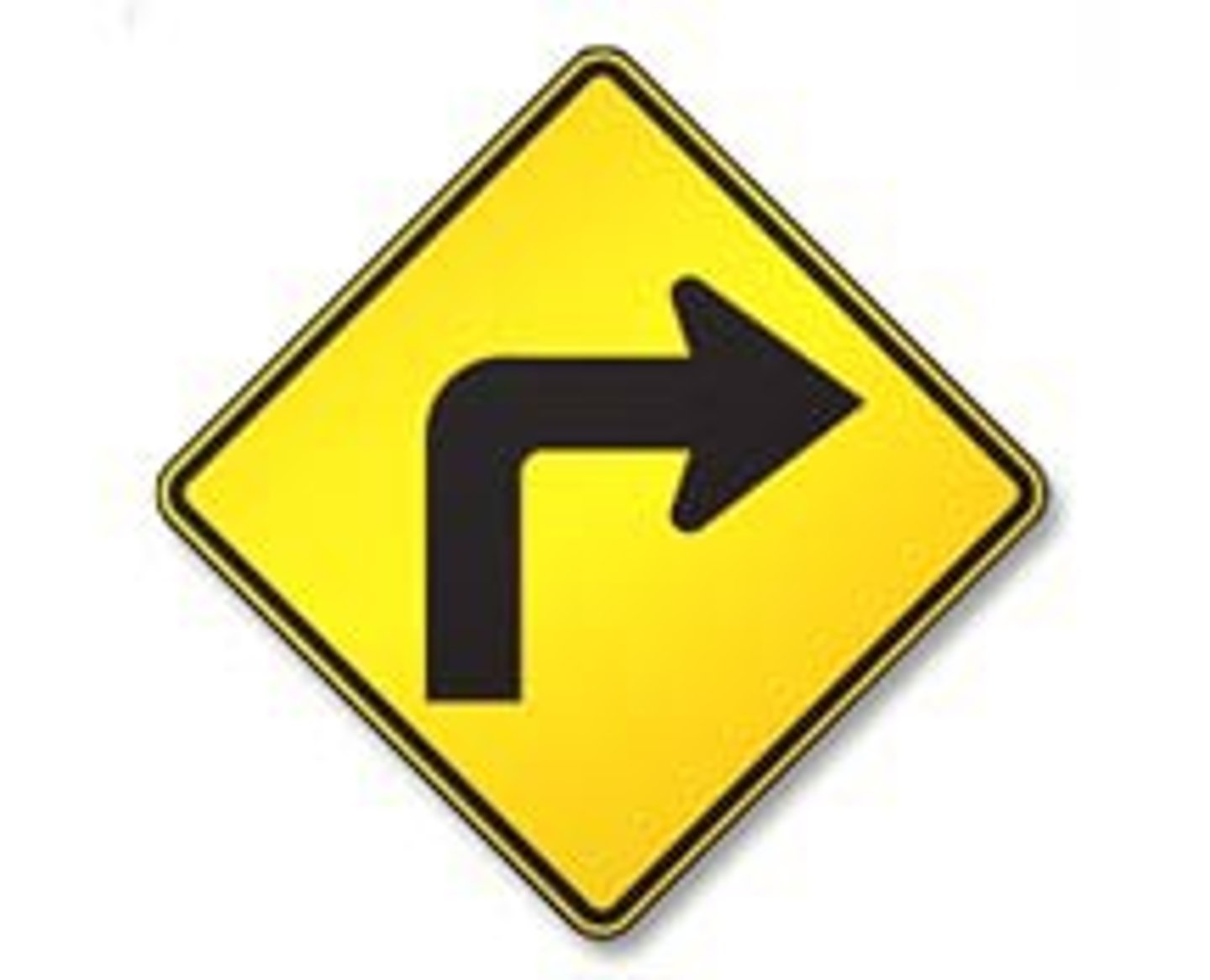
Maximum speed 90 km/h

Divided highway begins ahead
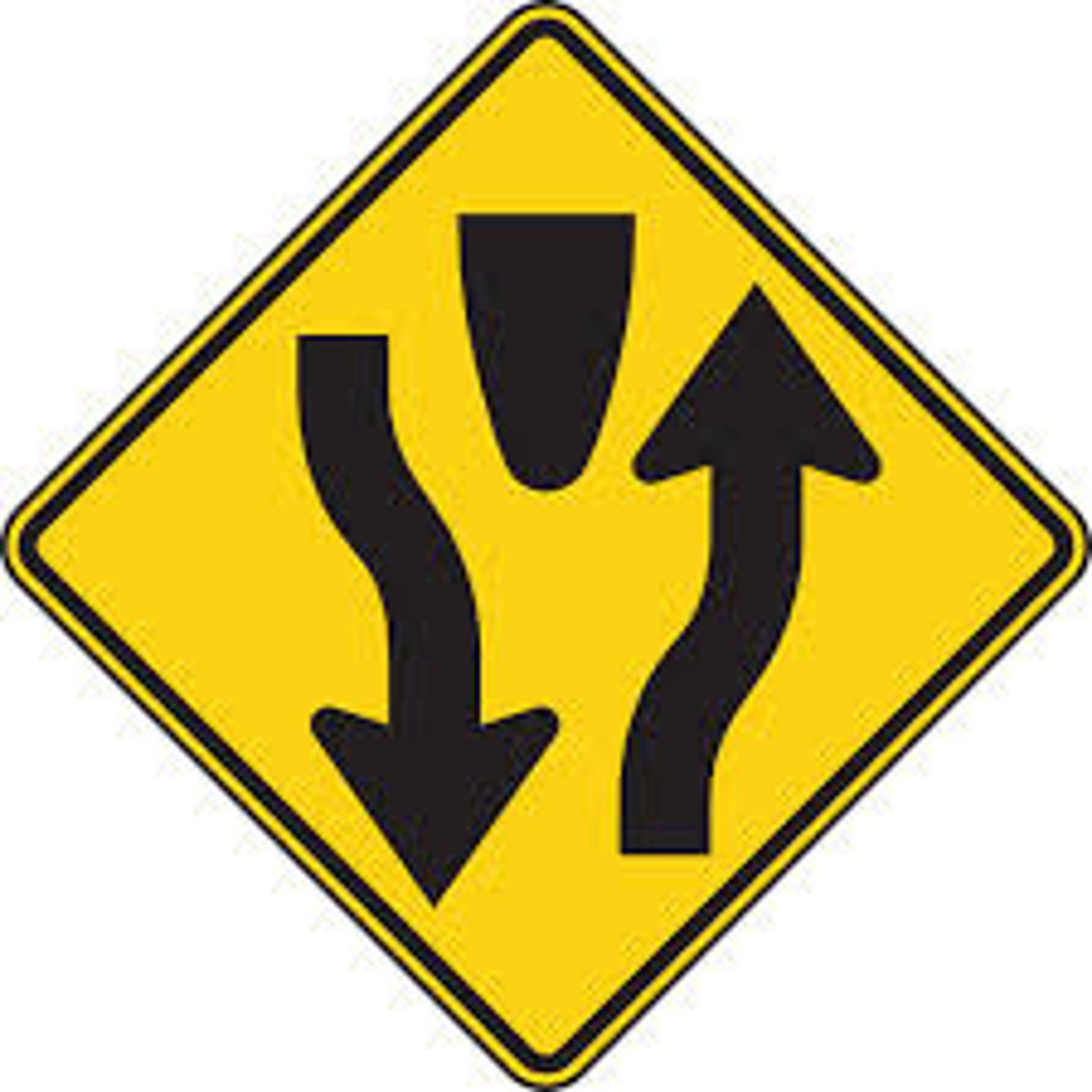
Slow moving vehicle
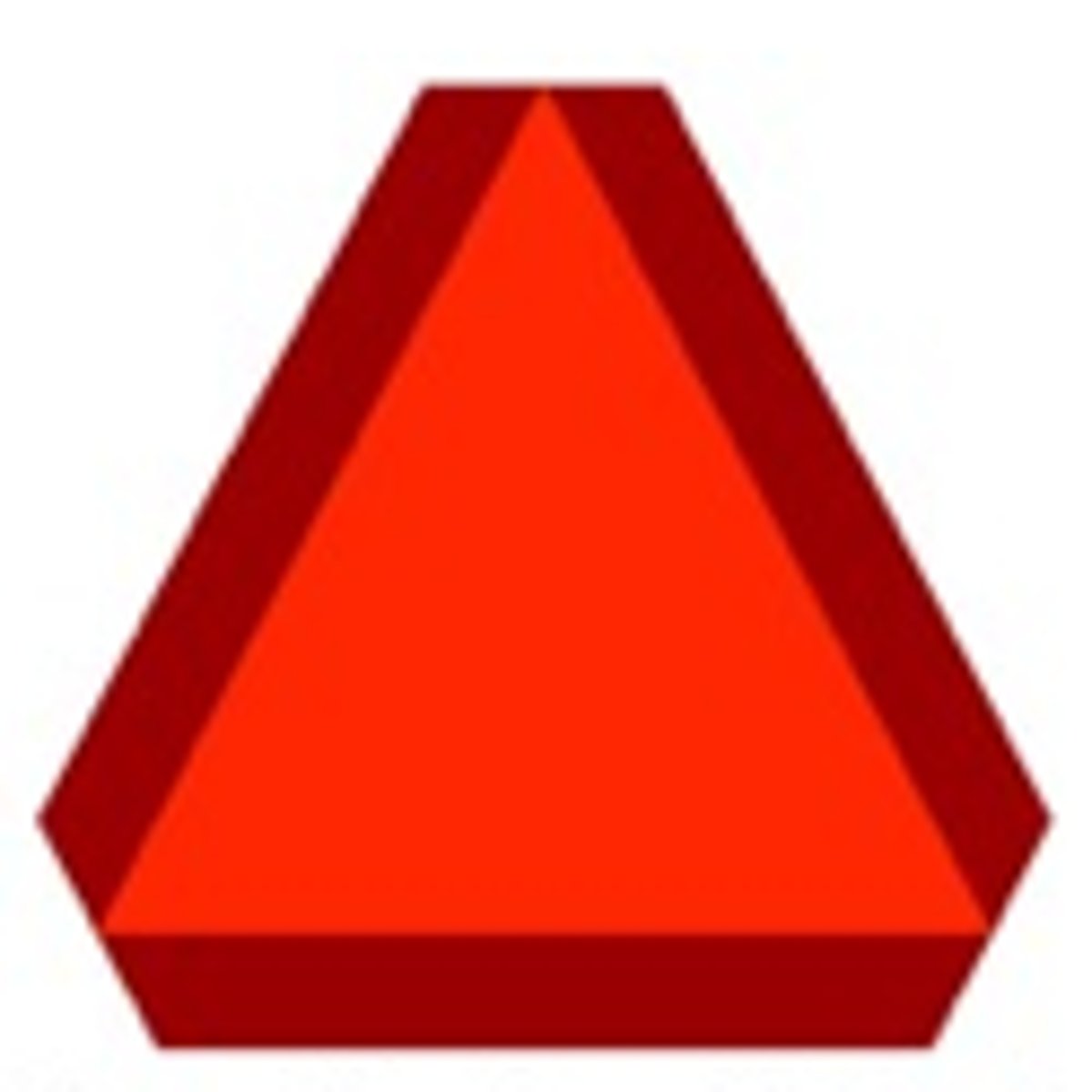
Hidden intersection ahead
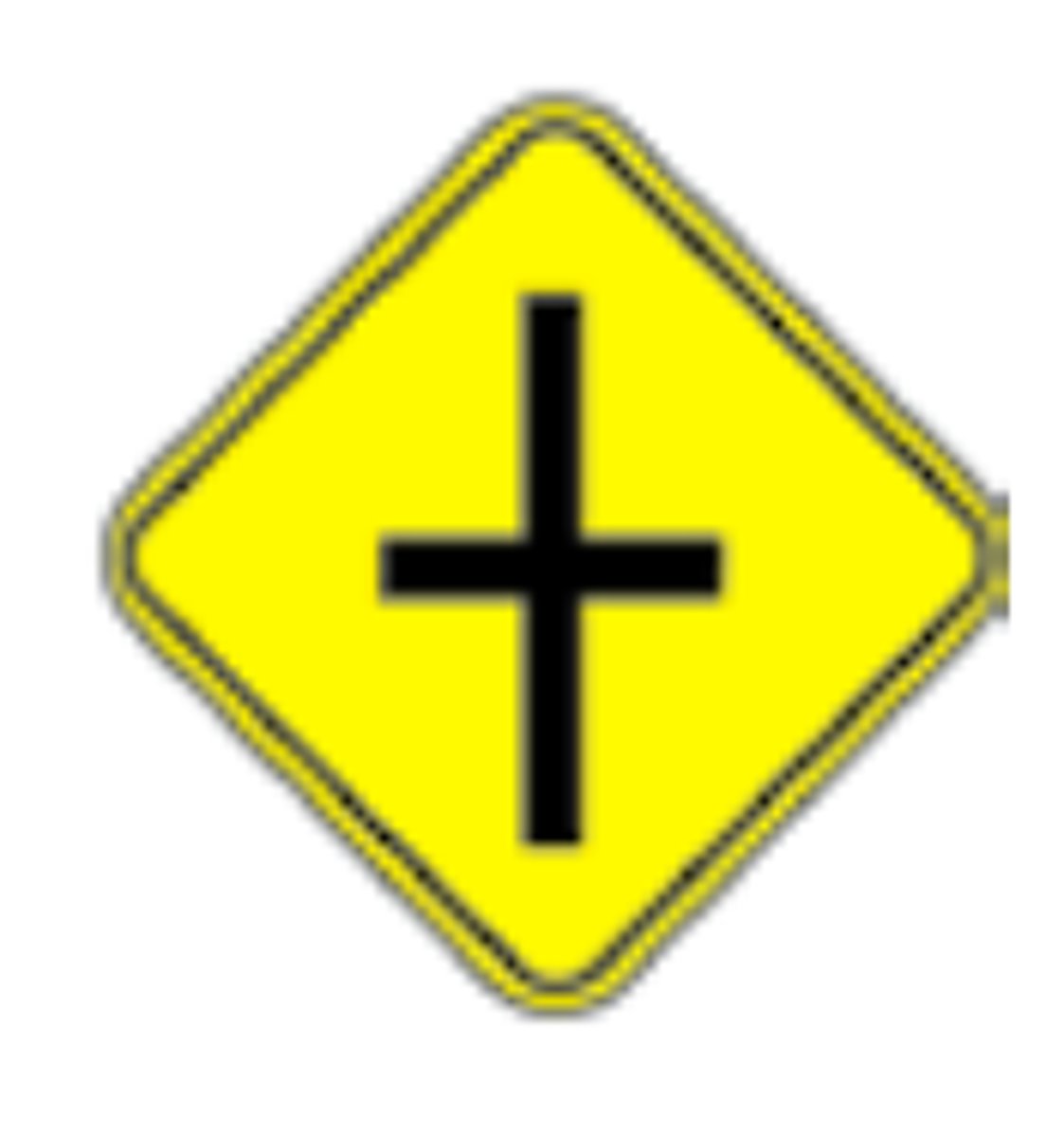
Stop sign ahead
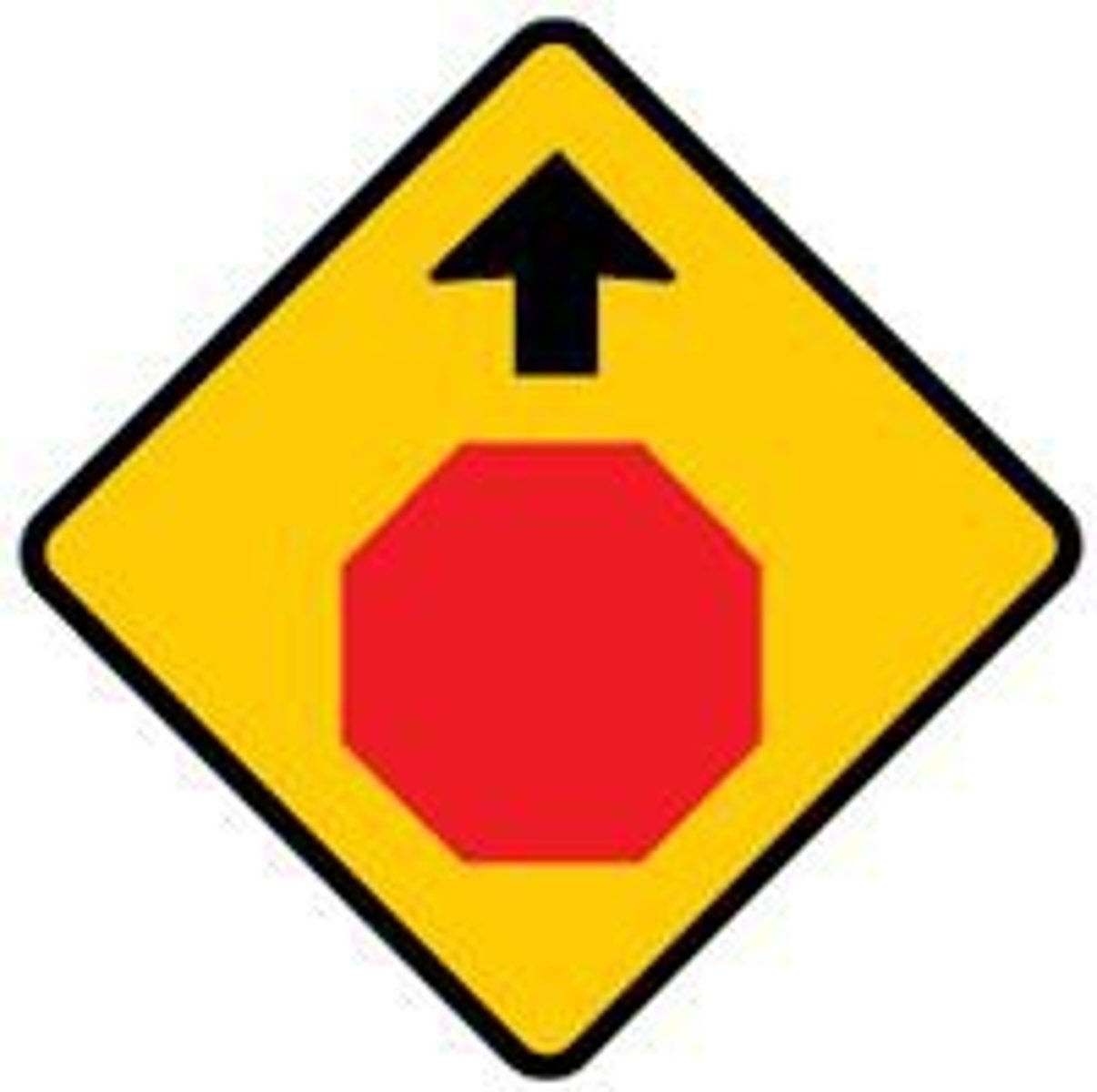
Trucks entering on the right
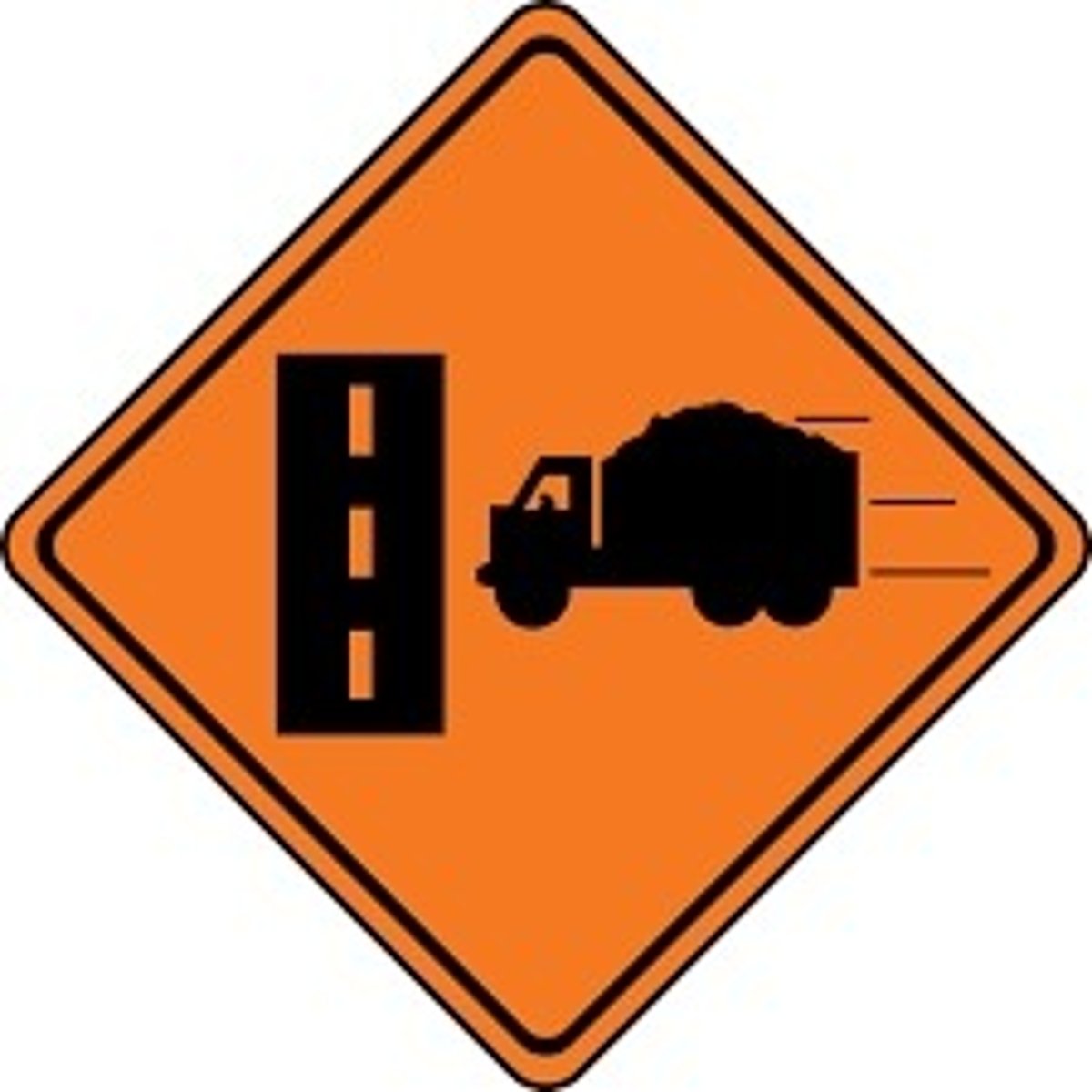
Right lane ends ahead
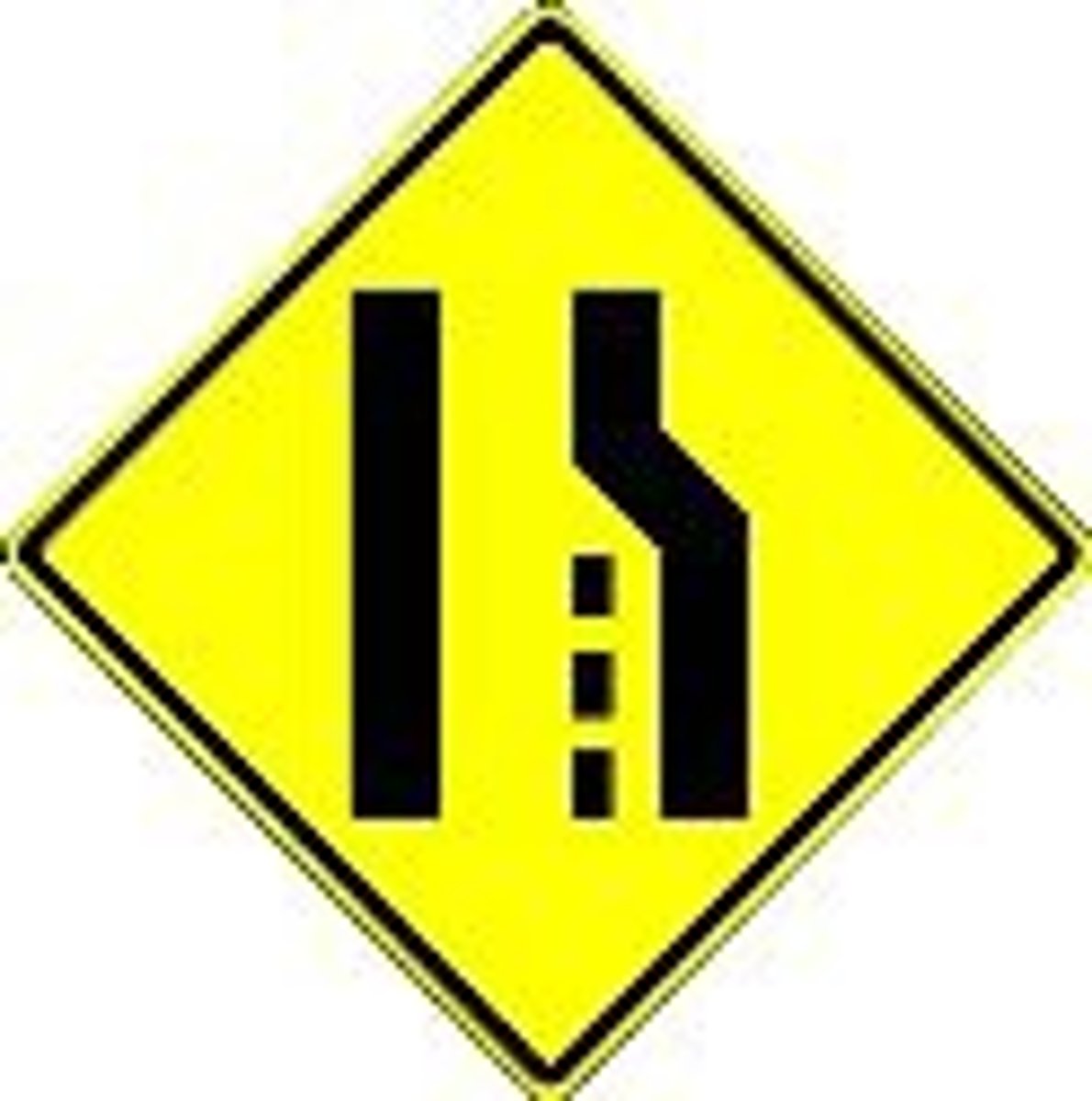
No "u" turn allowed
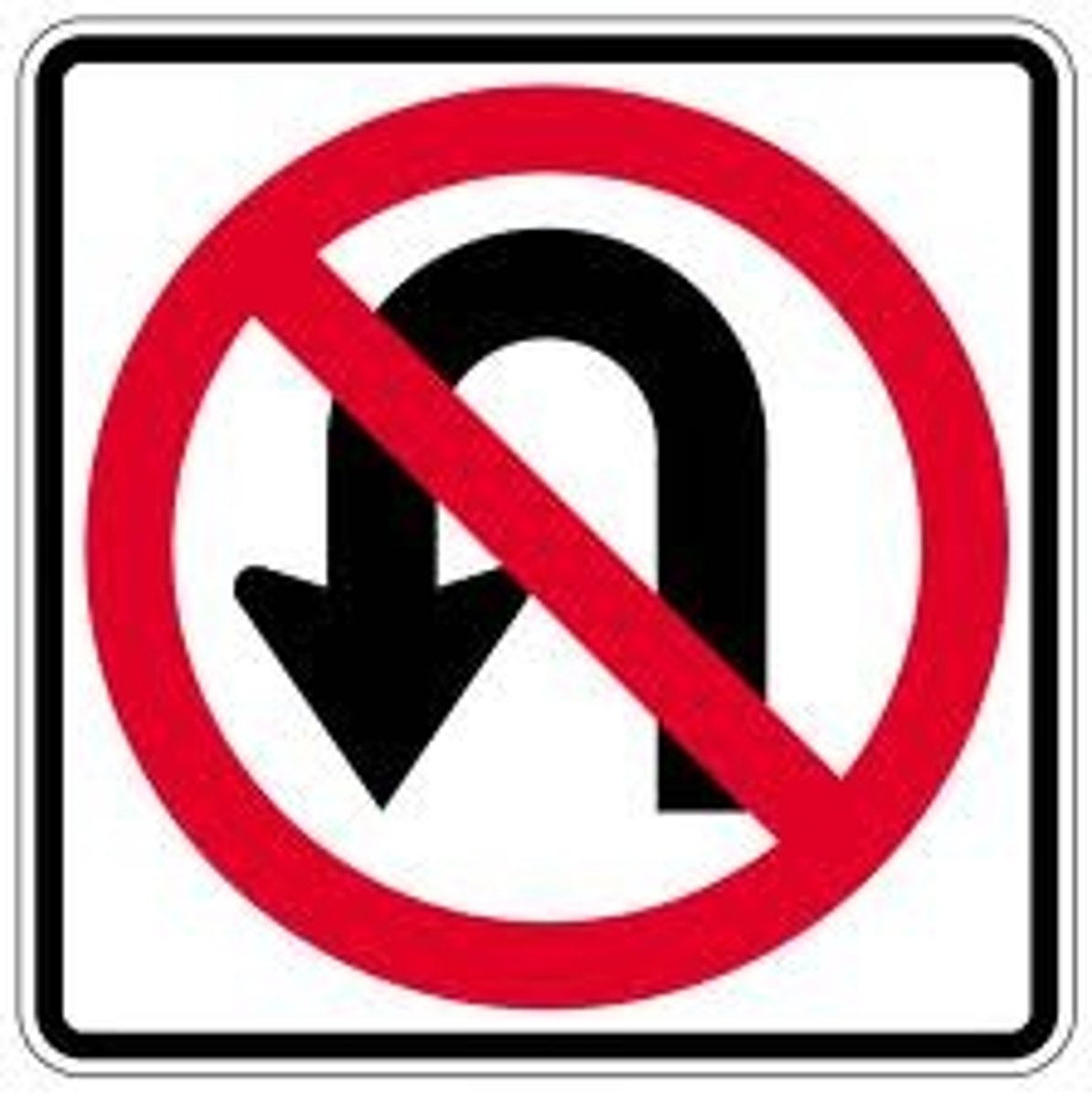
Pavement ends
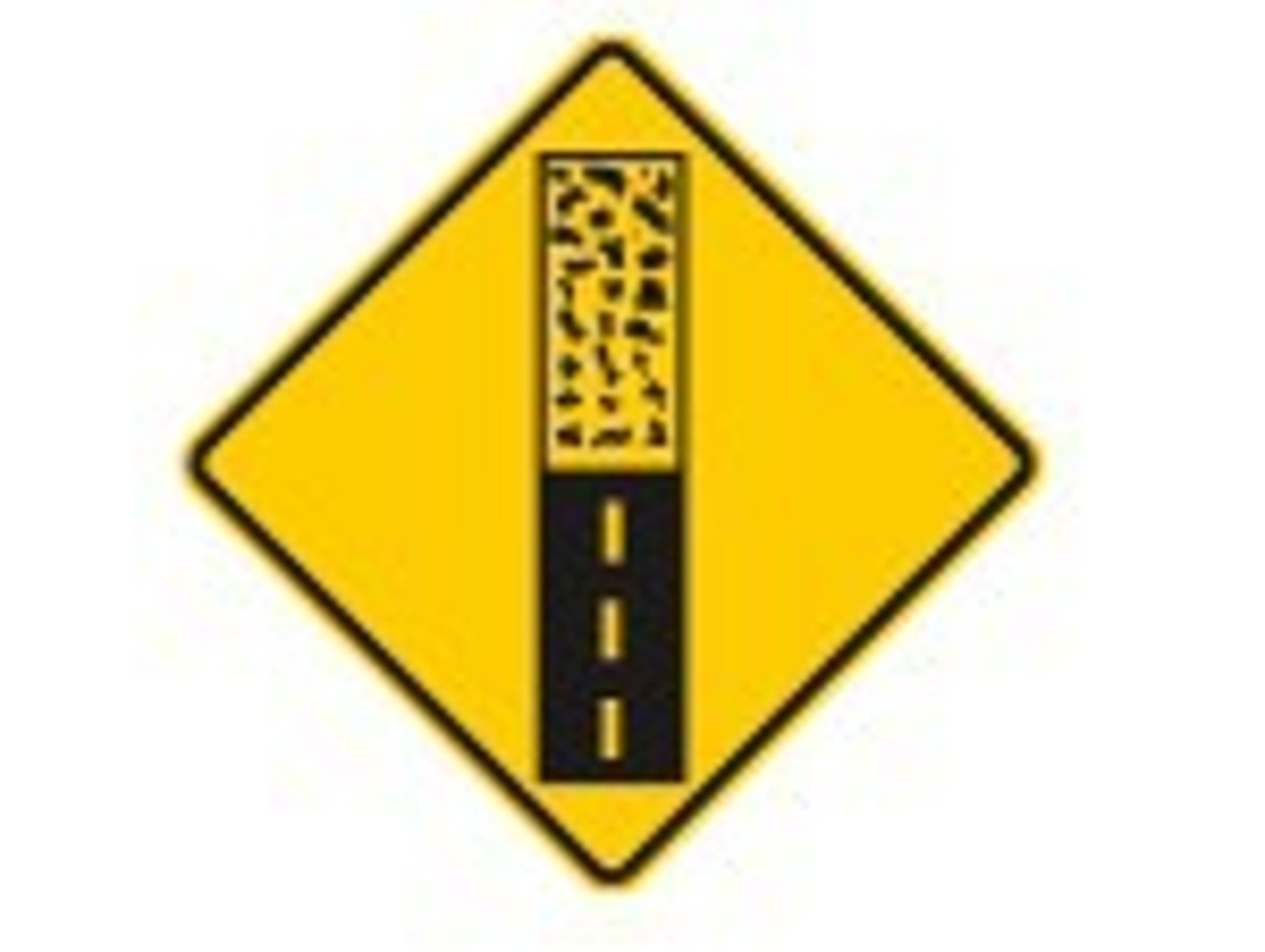
Railway crossing
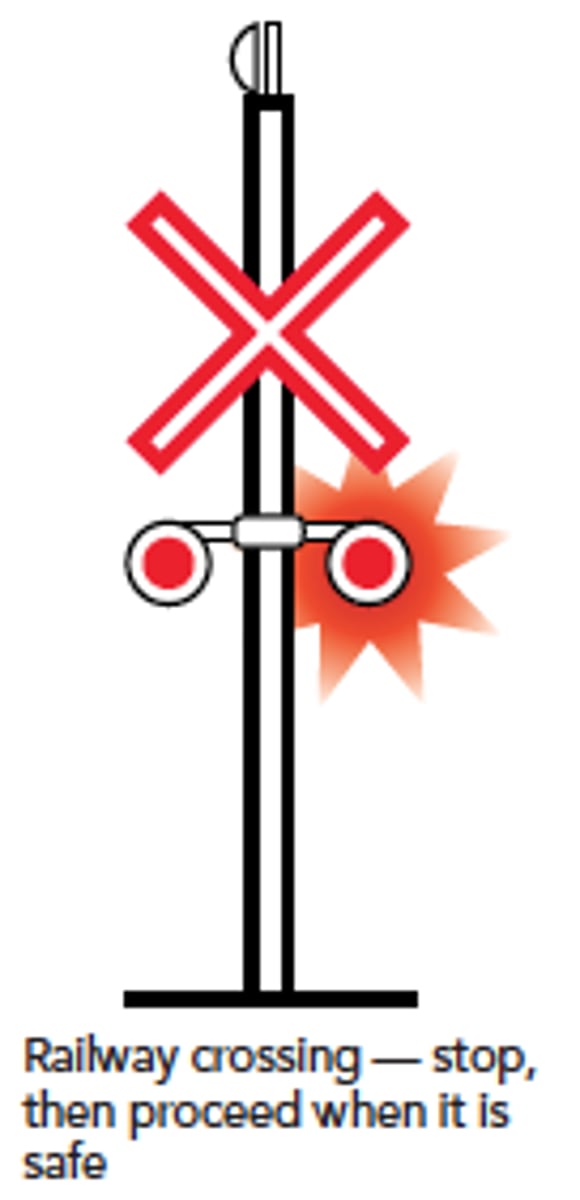
Playground ahead
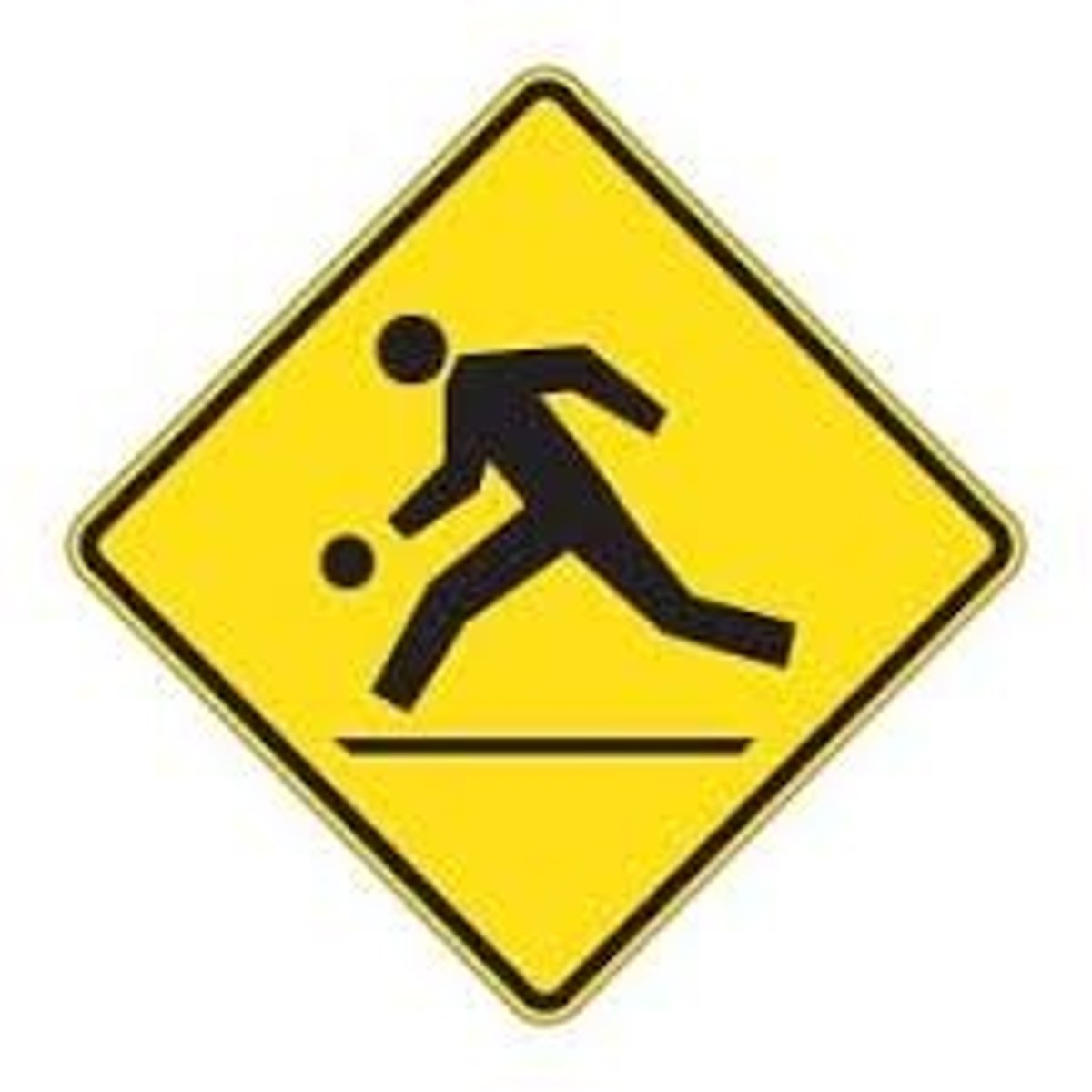
No right turn on red signal
This picture combined with red traffic light
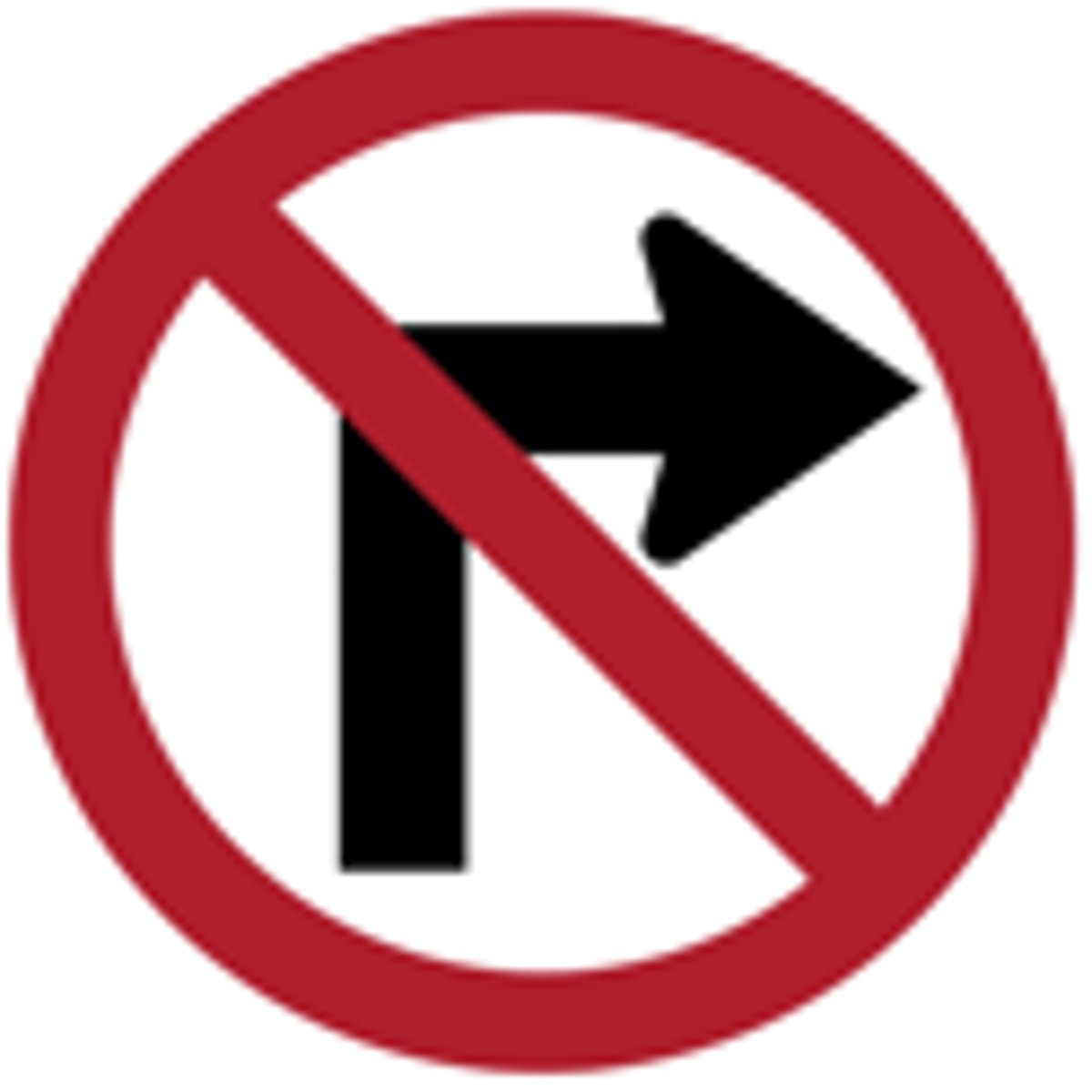
Railway crossing advance warning
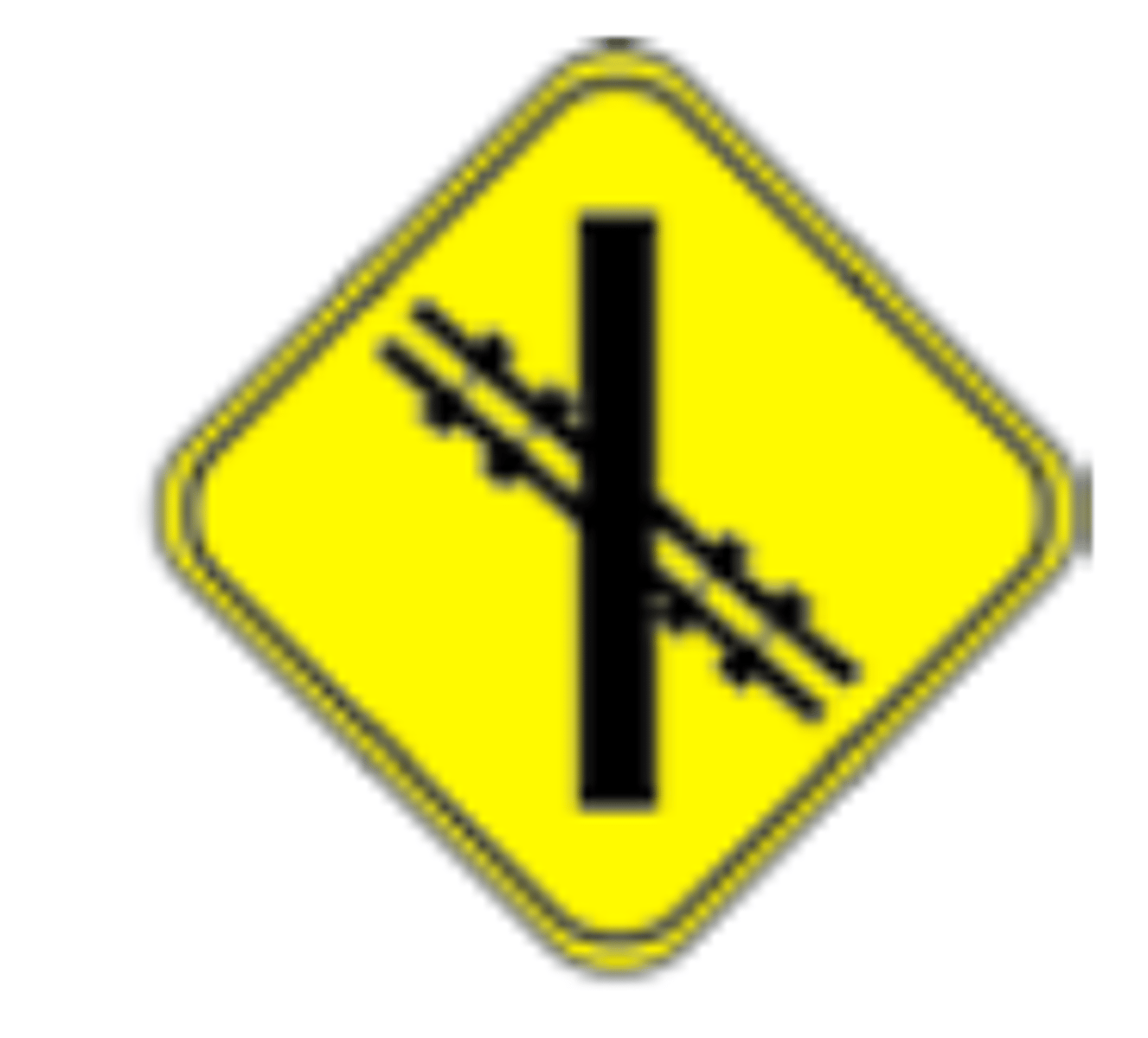
Road slippery when wet
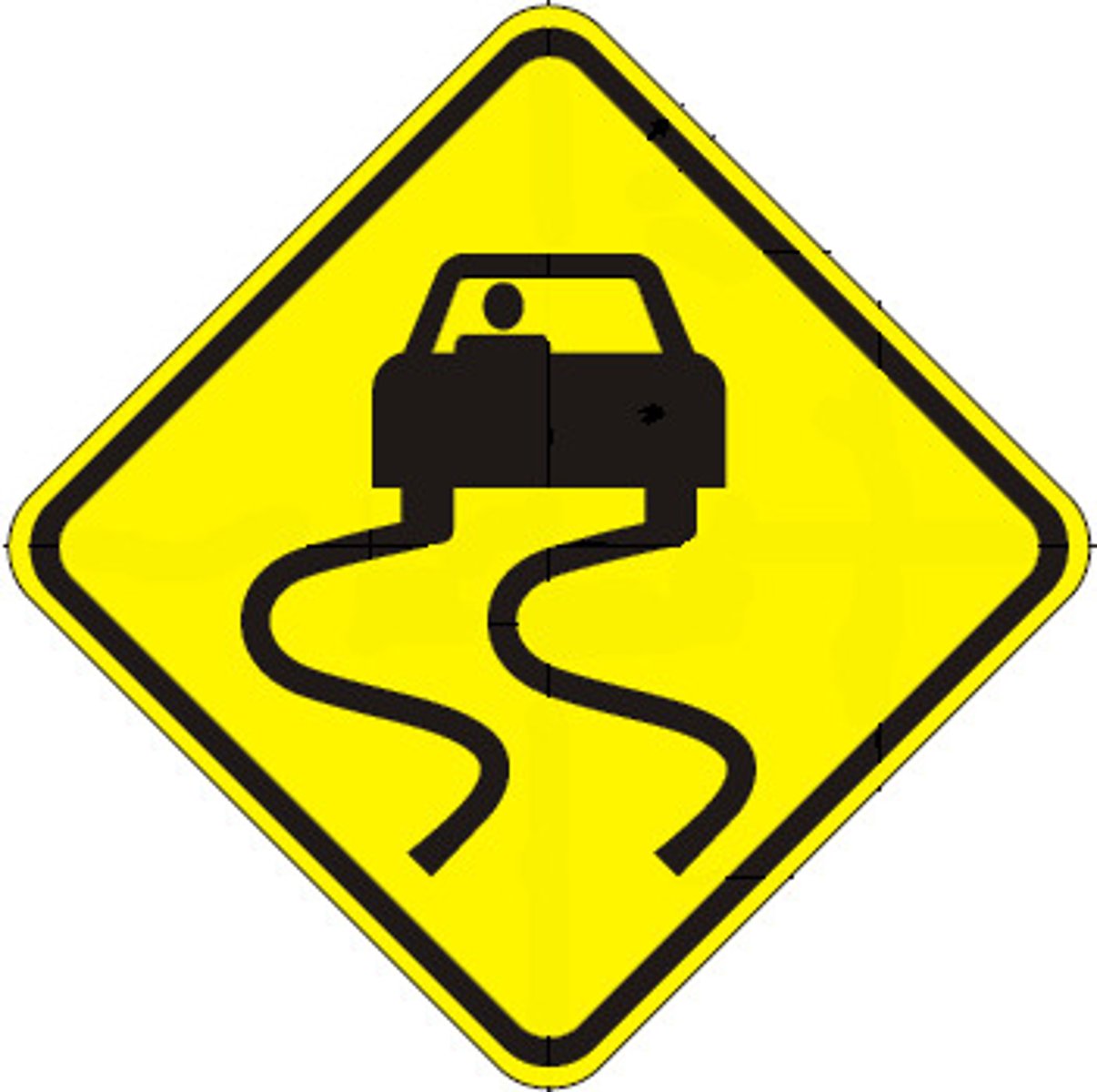
School crosswalk
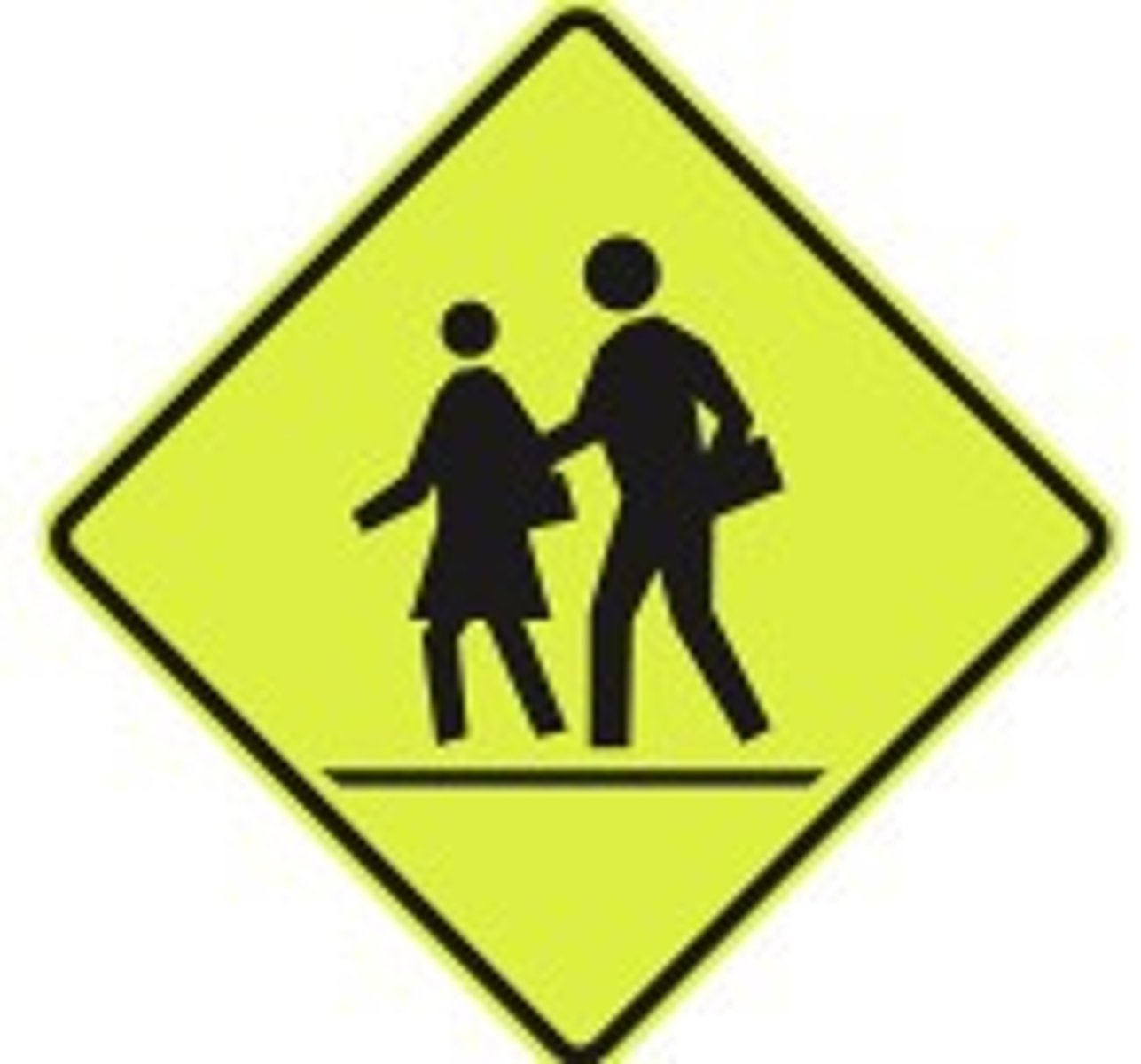
Two way traffic ahead
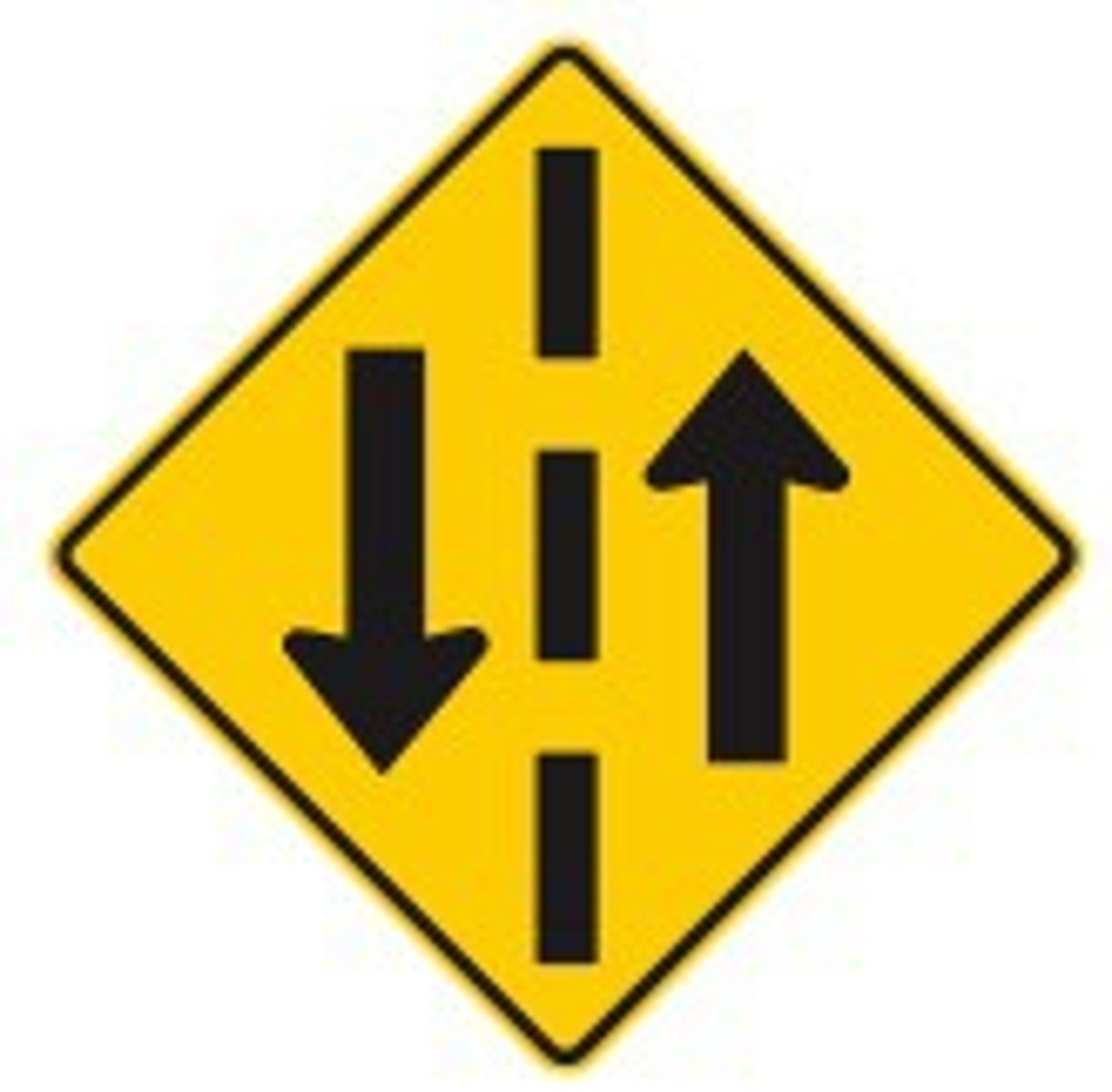
Keep right of this sign

Traffic signals ahead
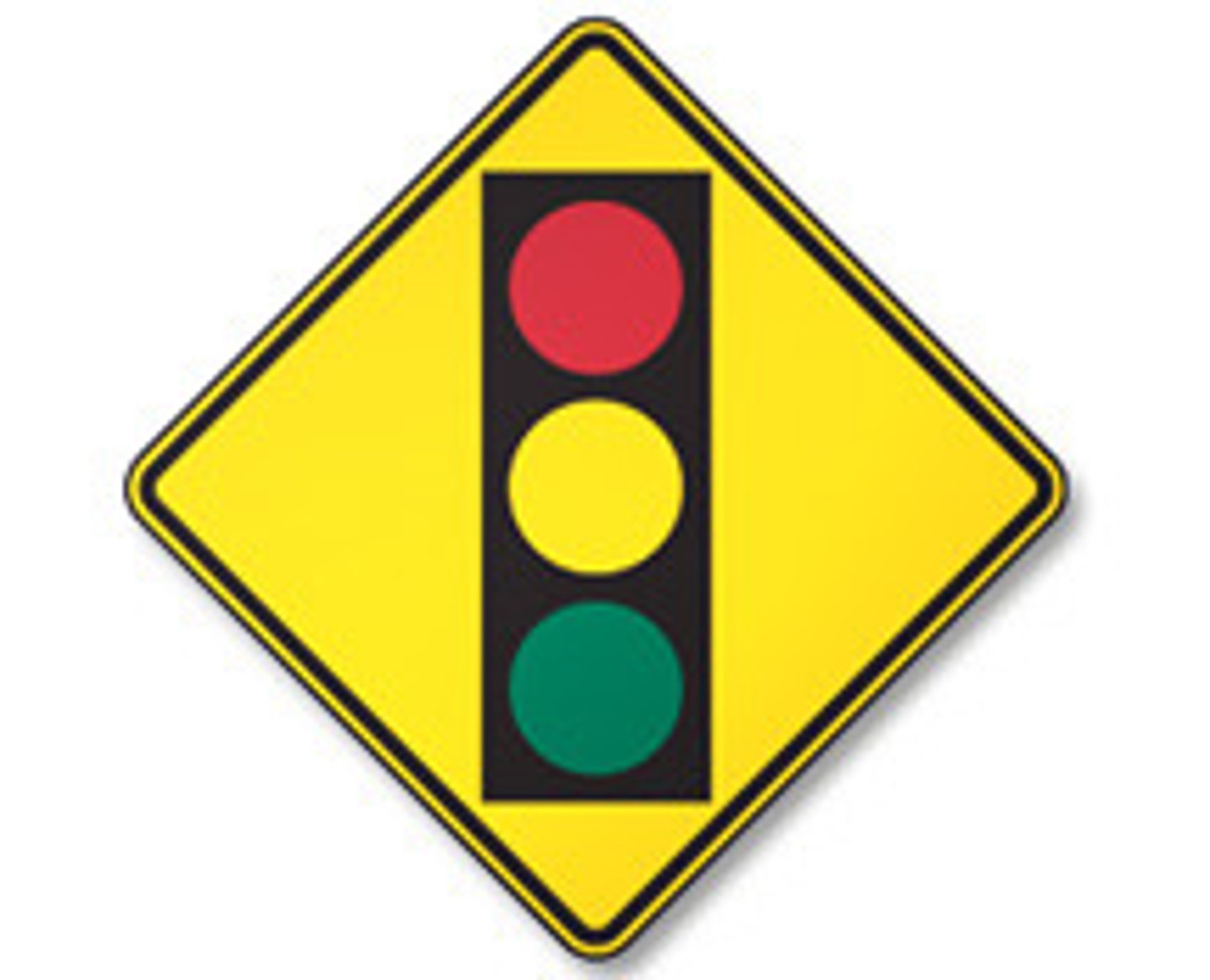
Hazard marker showing an obstruction
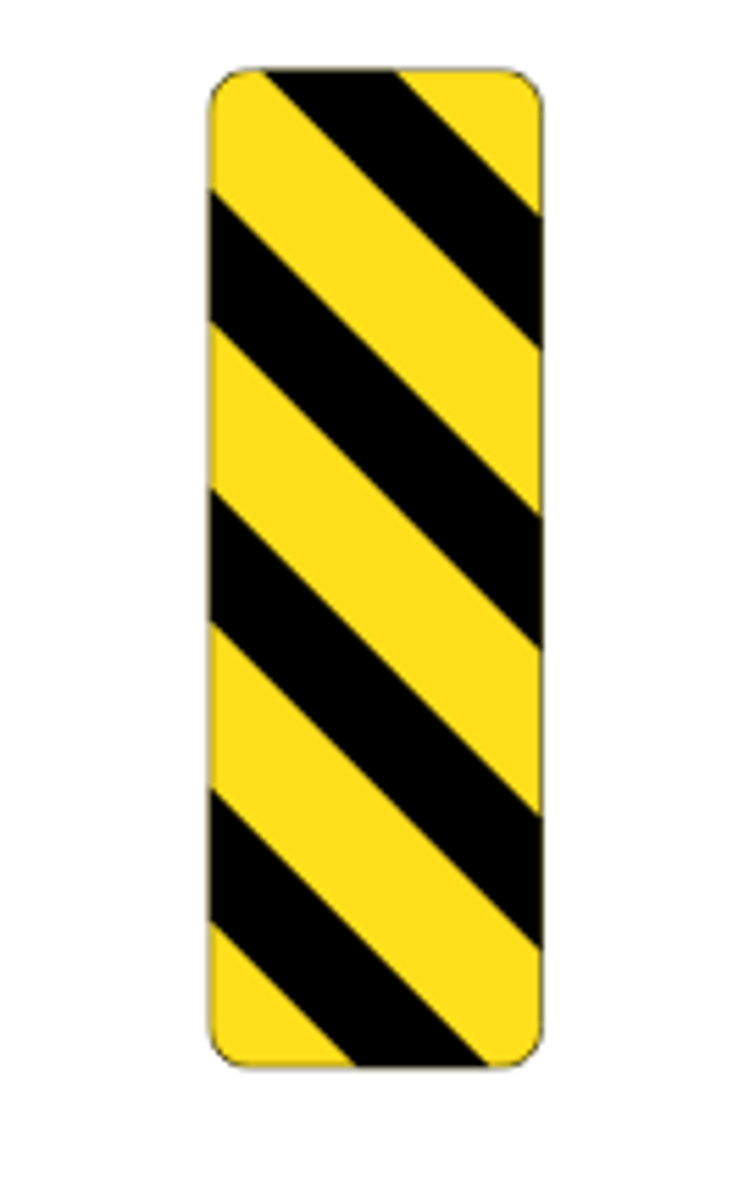
This lane left turn only
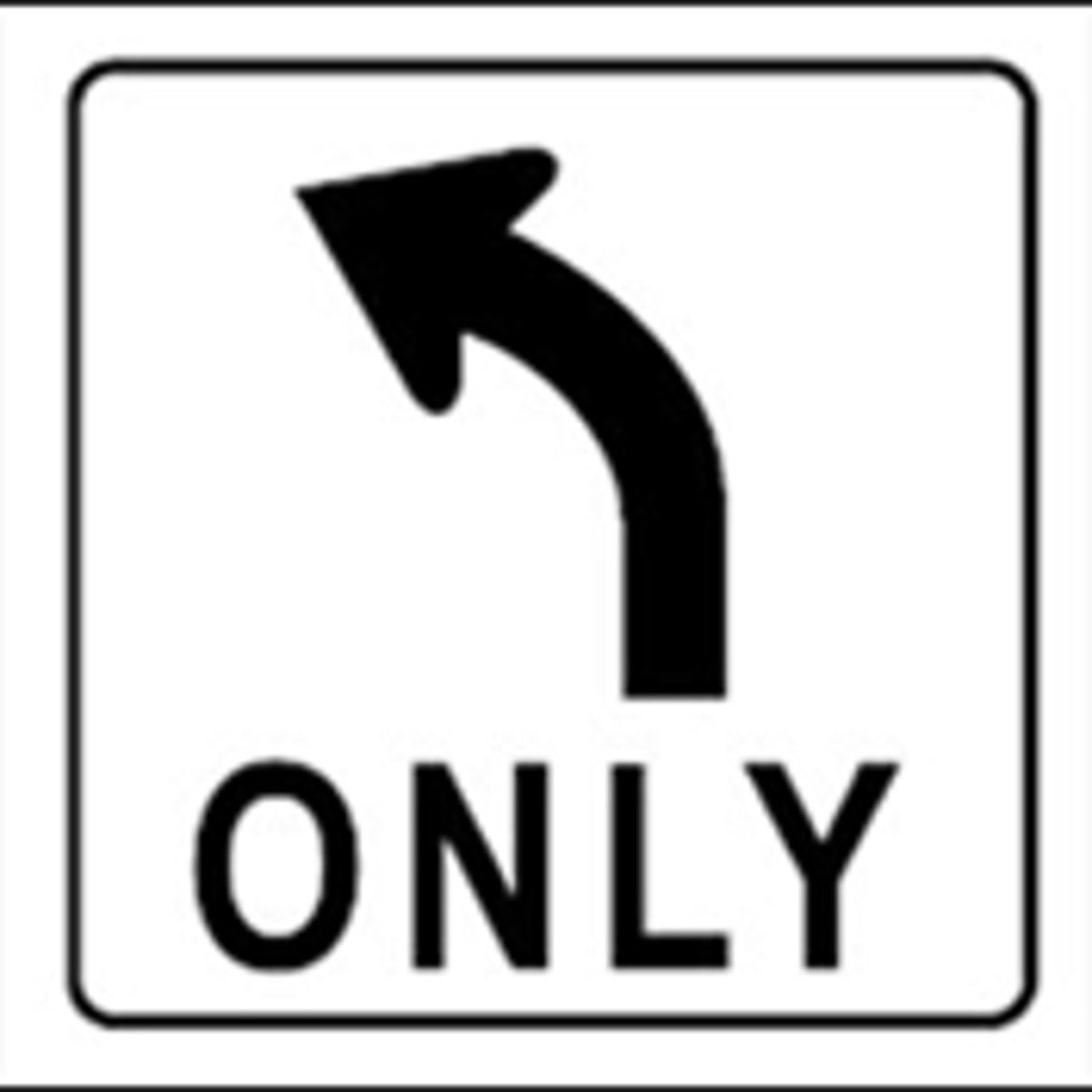
Right curve ahead
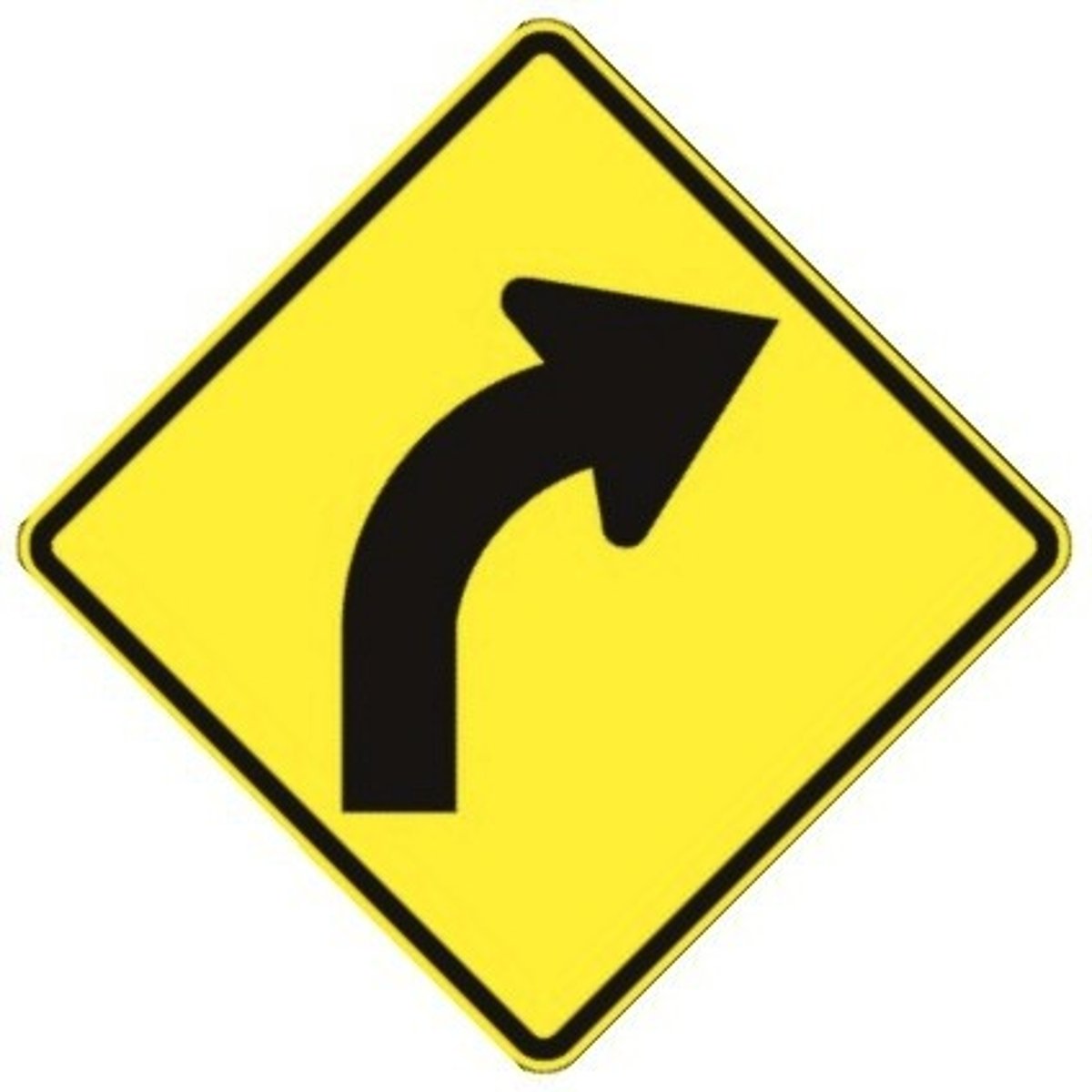
Do not enter
What does this sign mean?
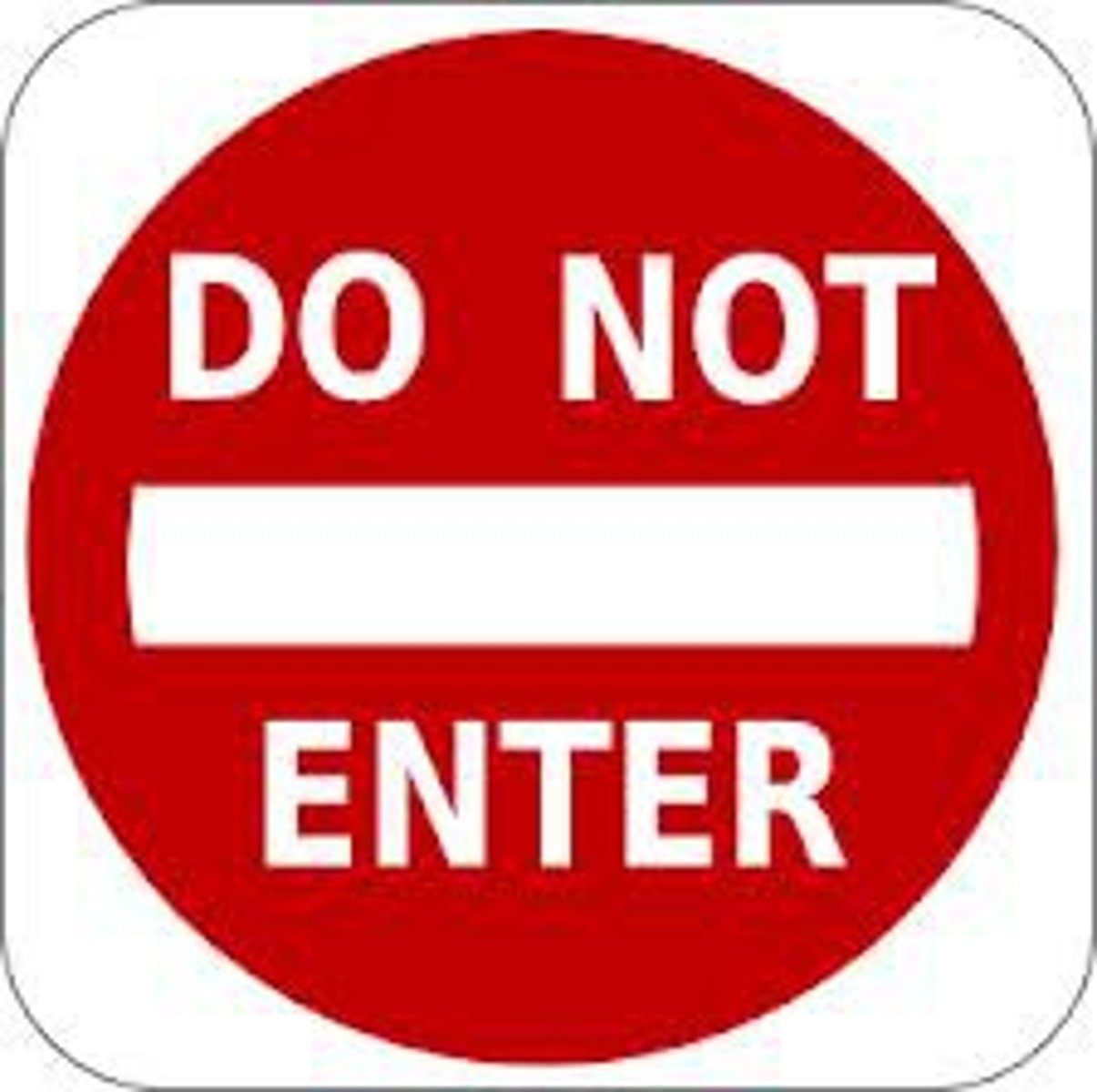
Maximum speed 60 km/h ahead
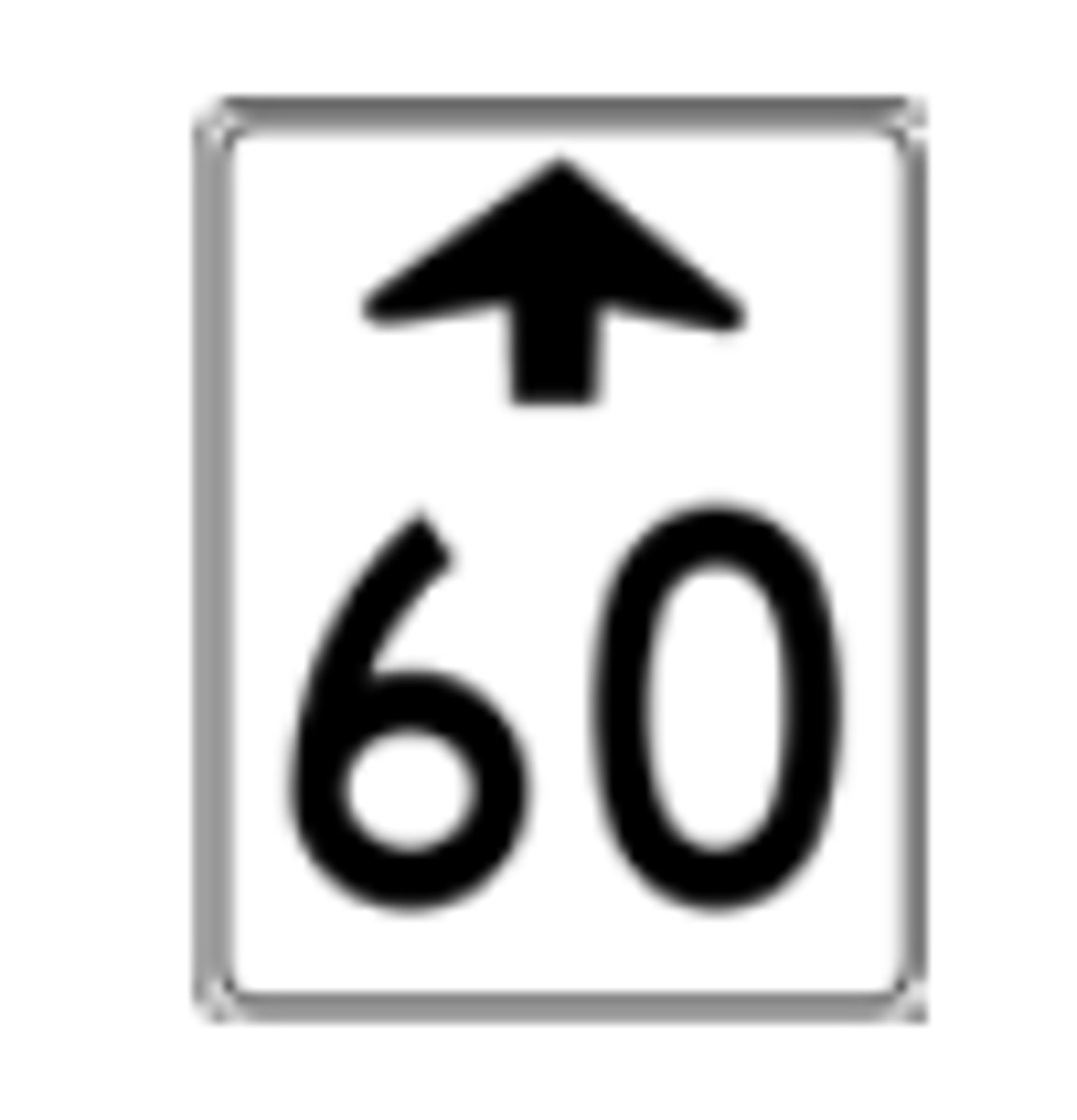
Low structure
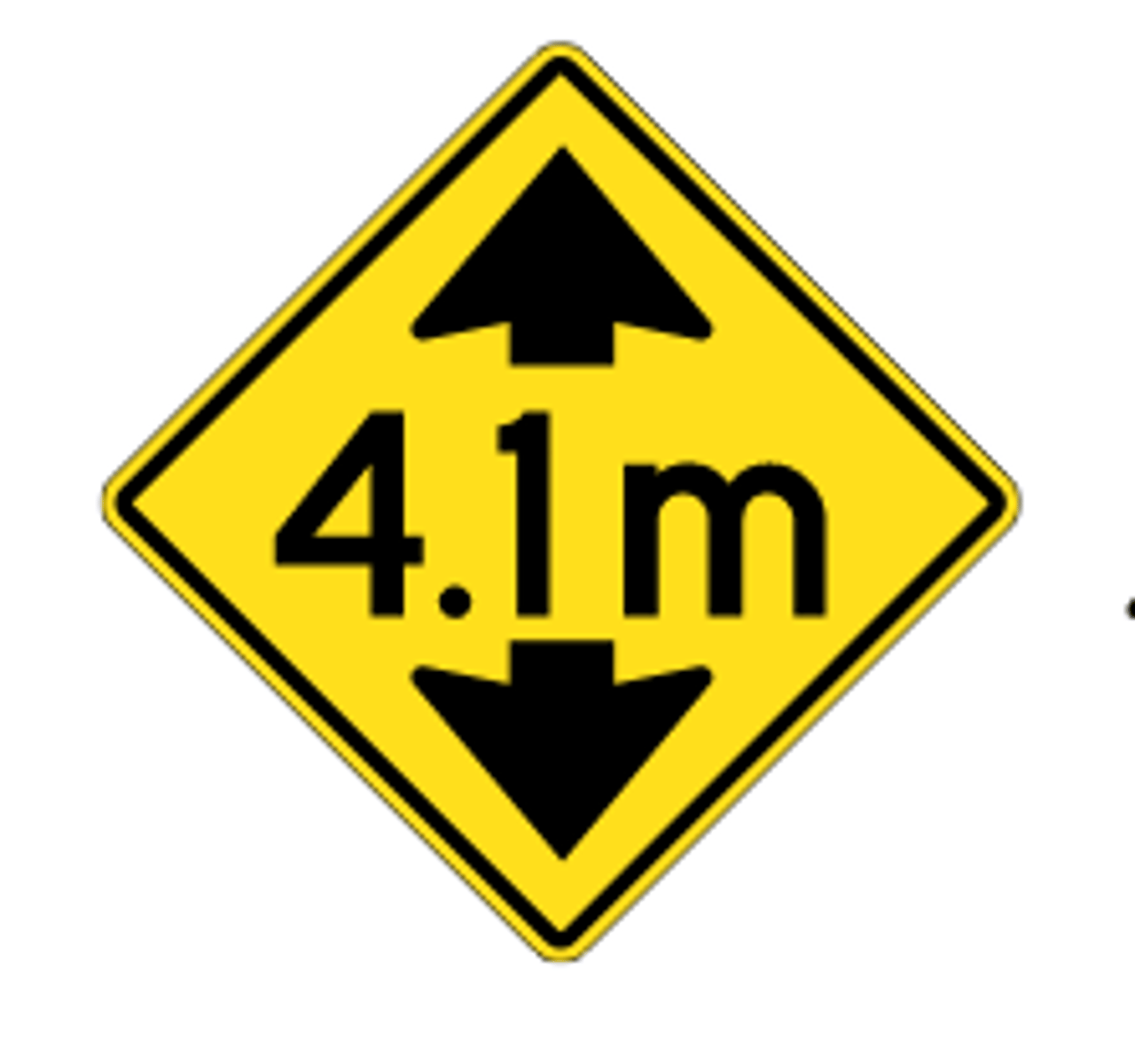
Truck route
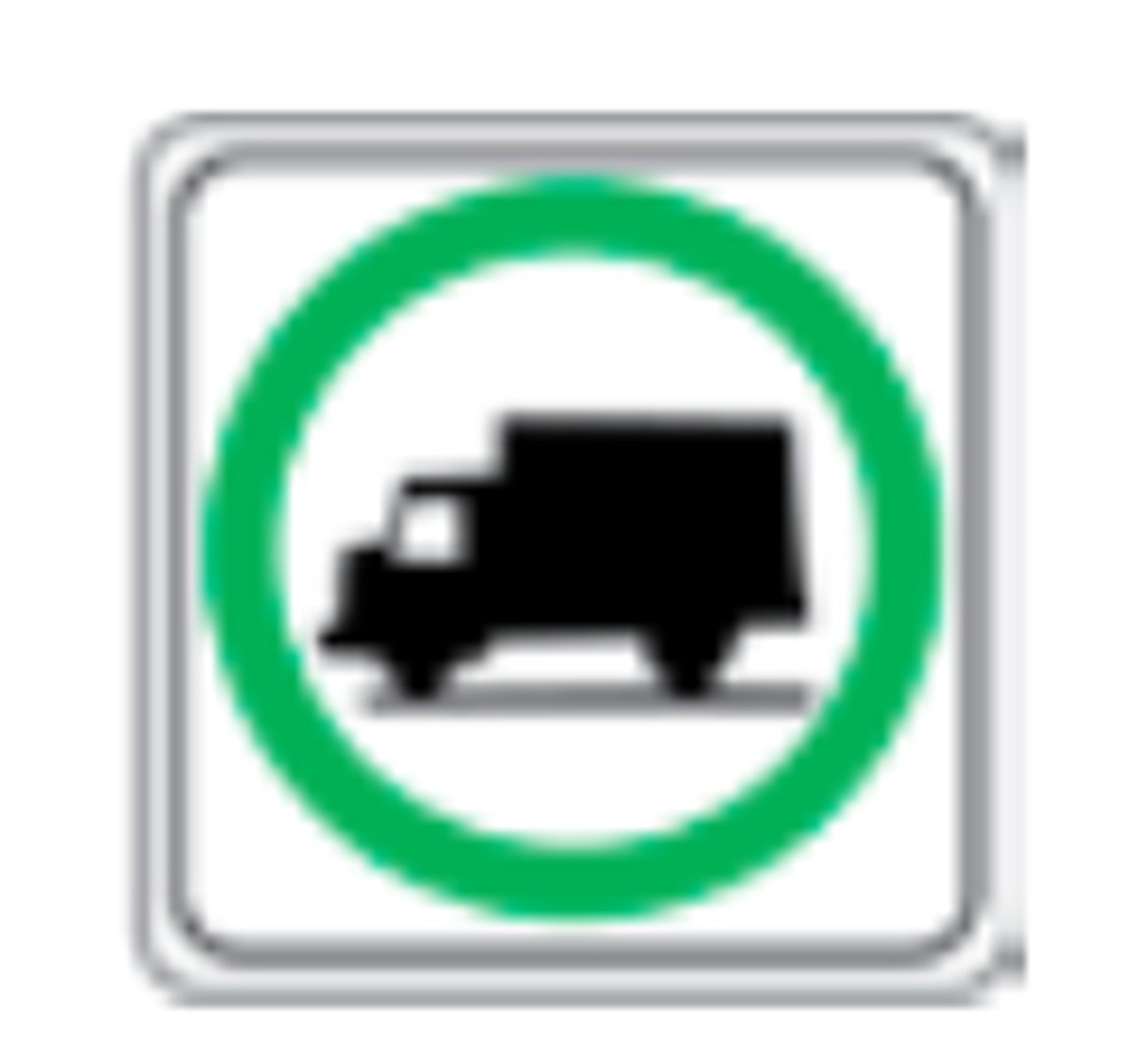
Winding road ahead

School area
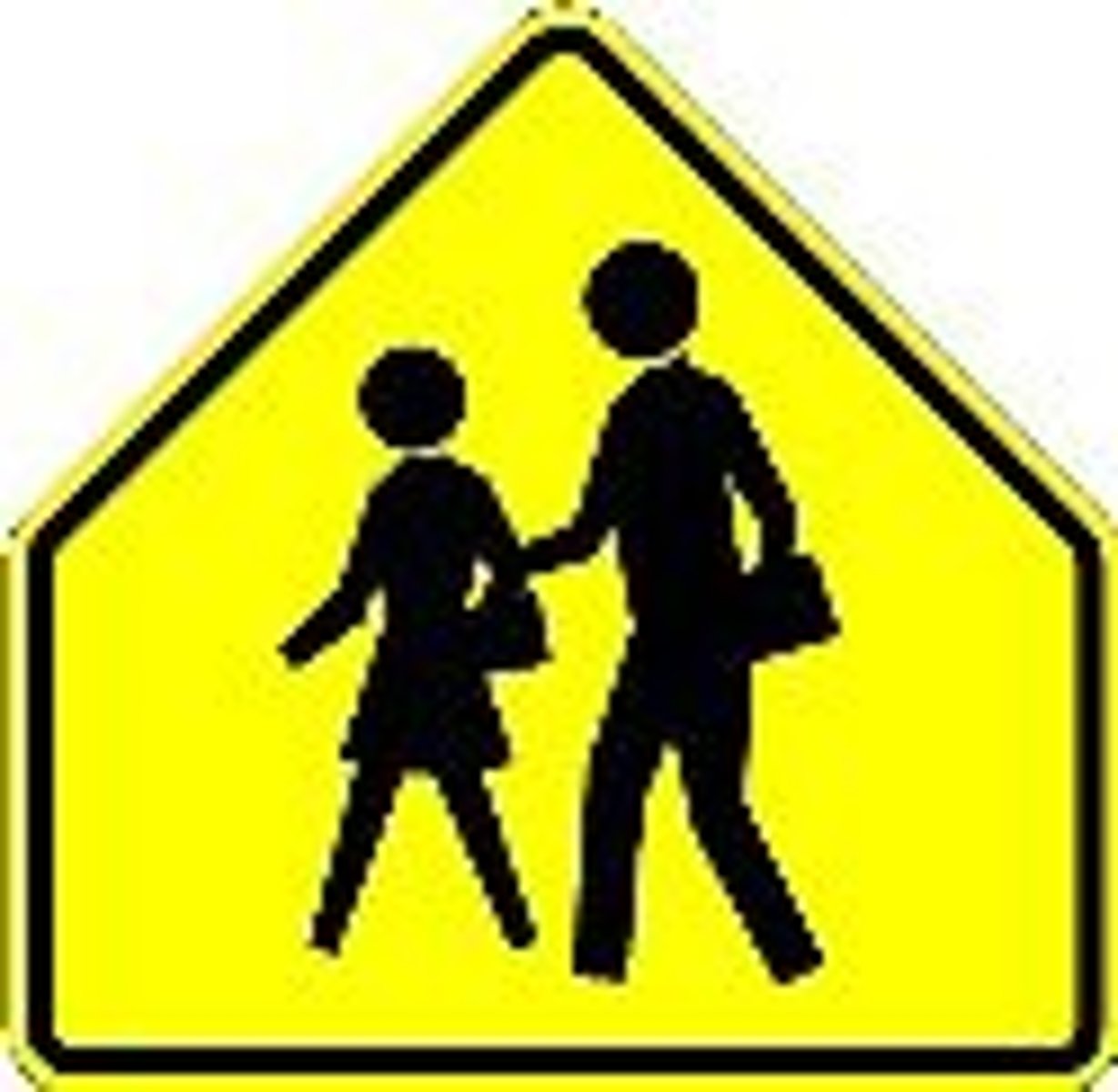
Playground ahead
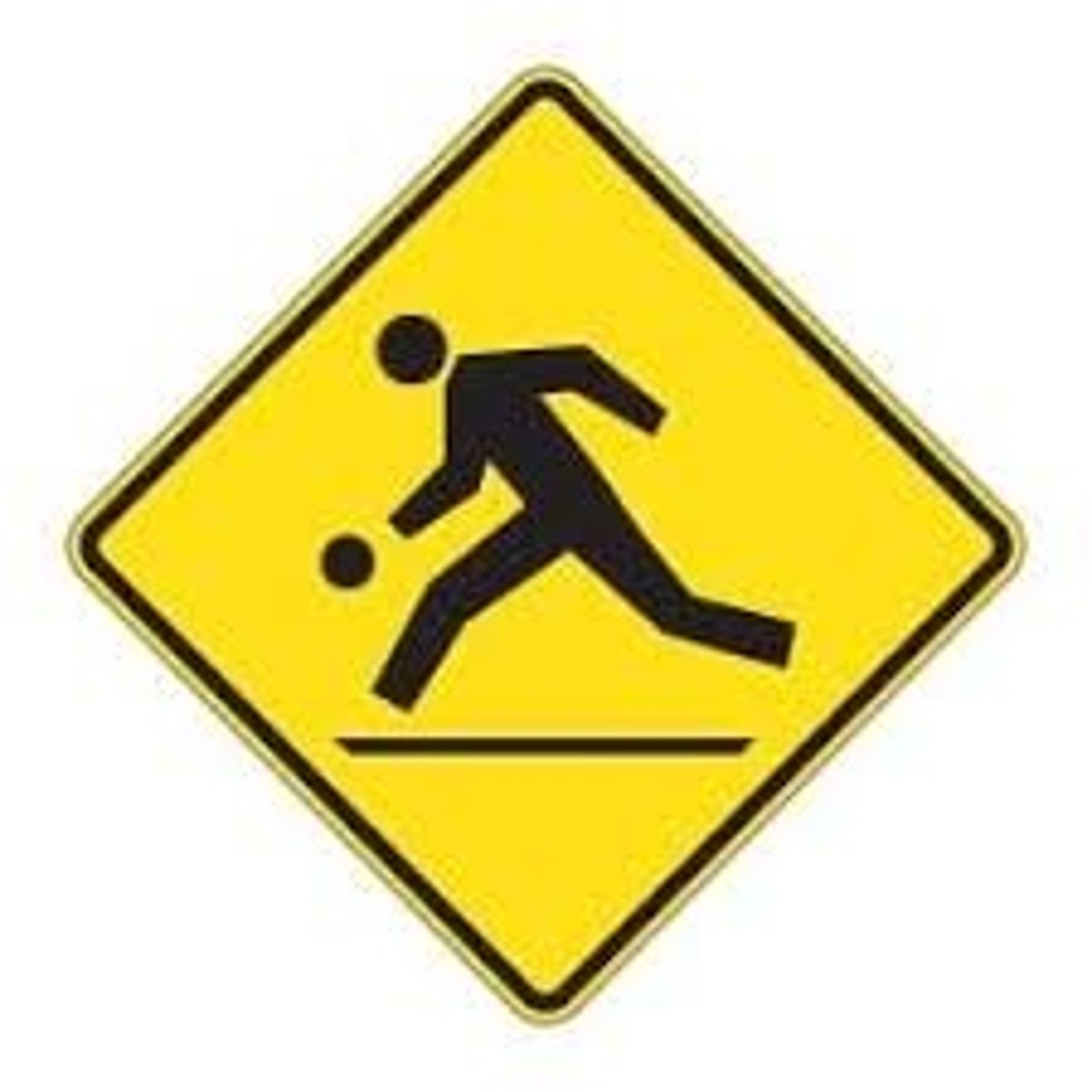
Steep hill ahead
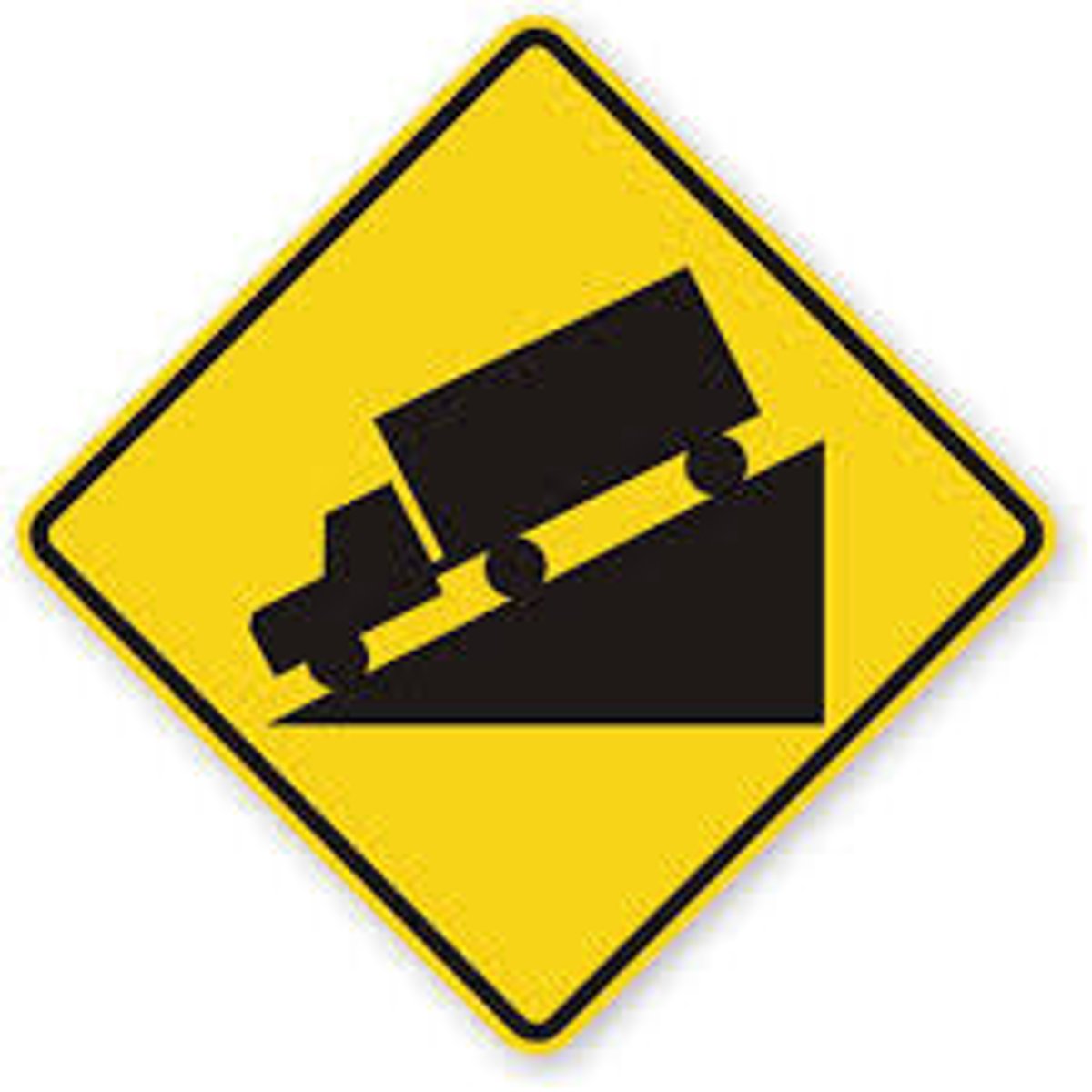
Parking for disabled persons only
With arrow left and right
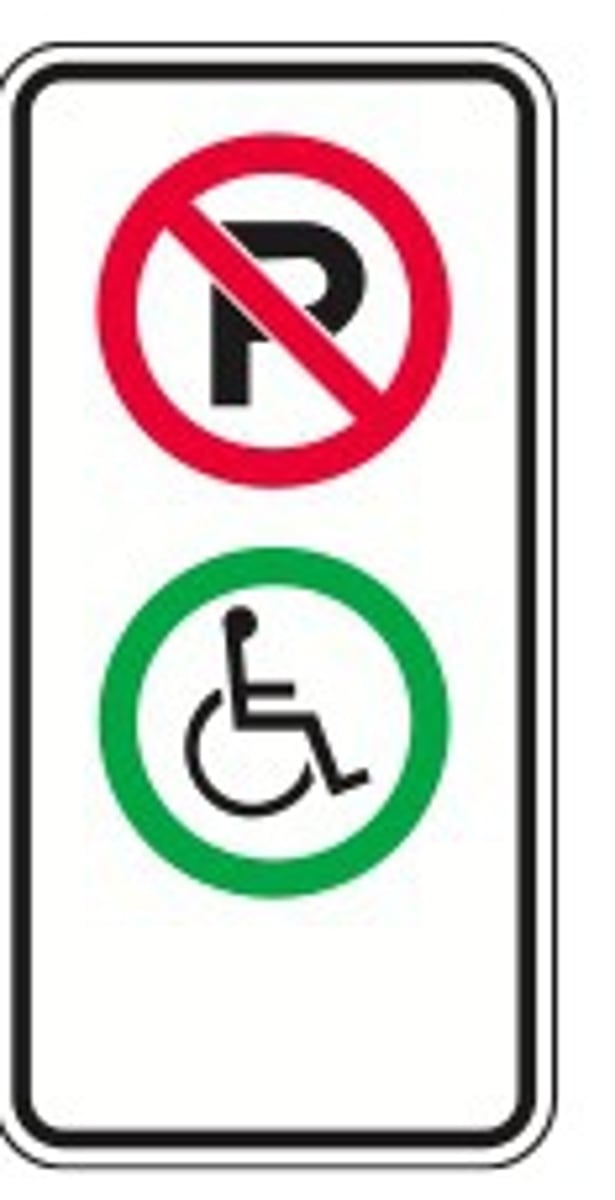
Reserved bus lane ahead
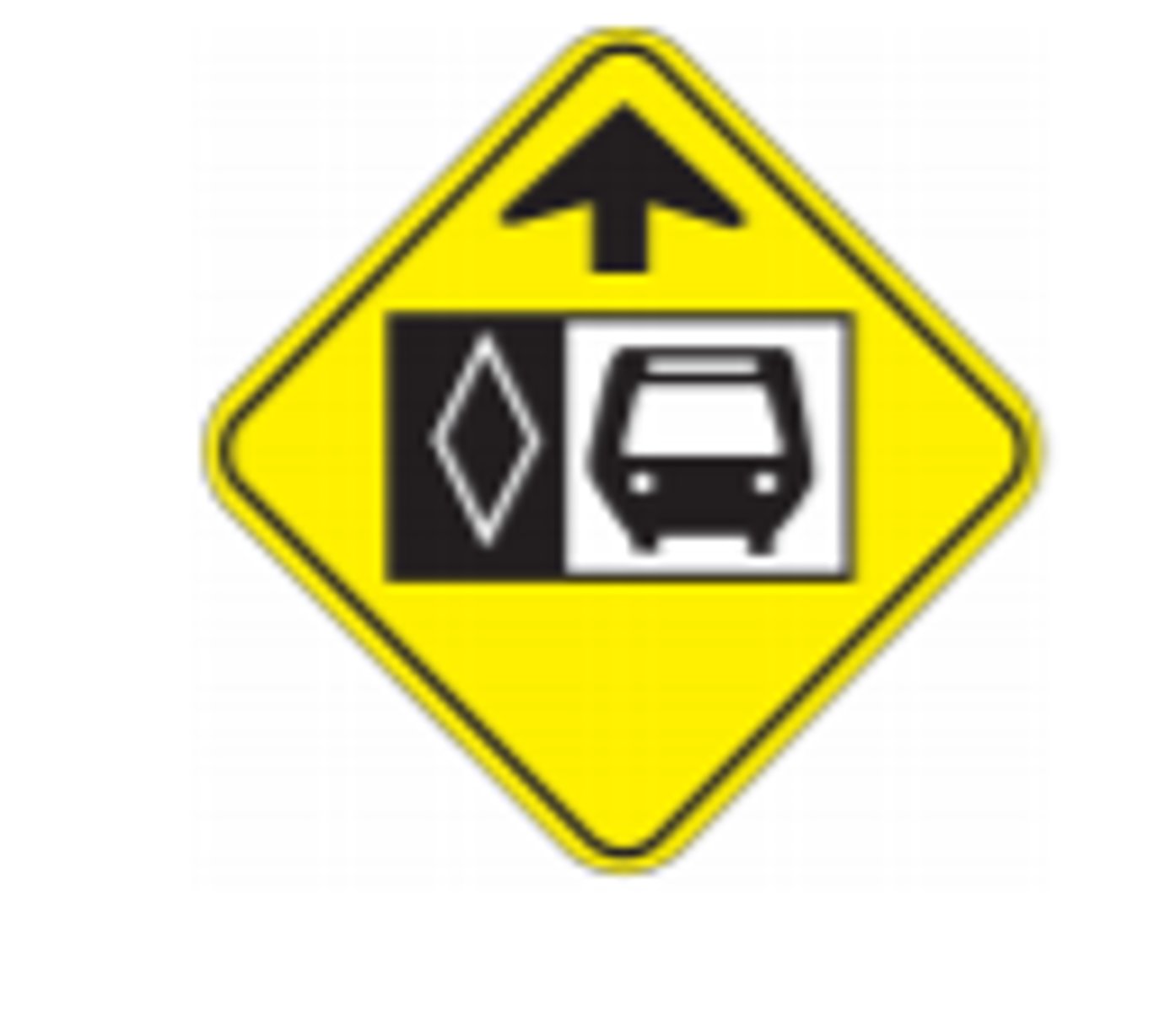
No turns allowed
Straight line with green around it
Yield sign

Road ends - exit right or left
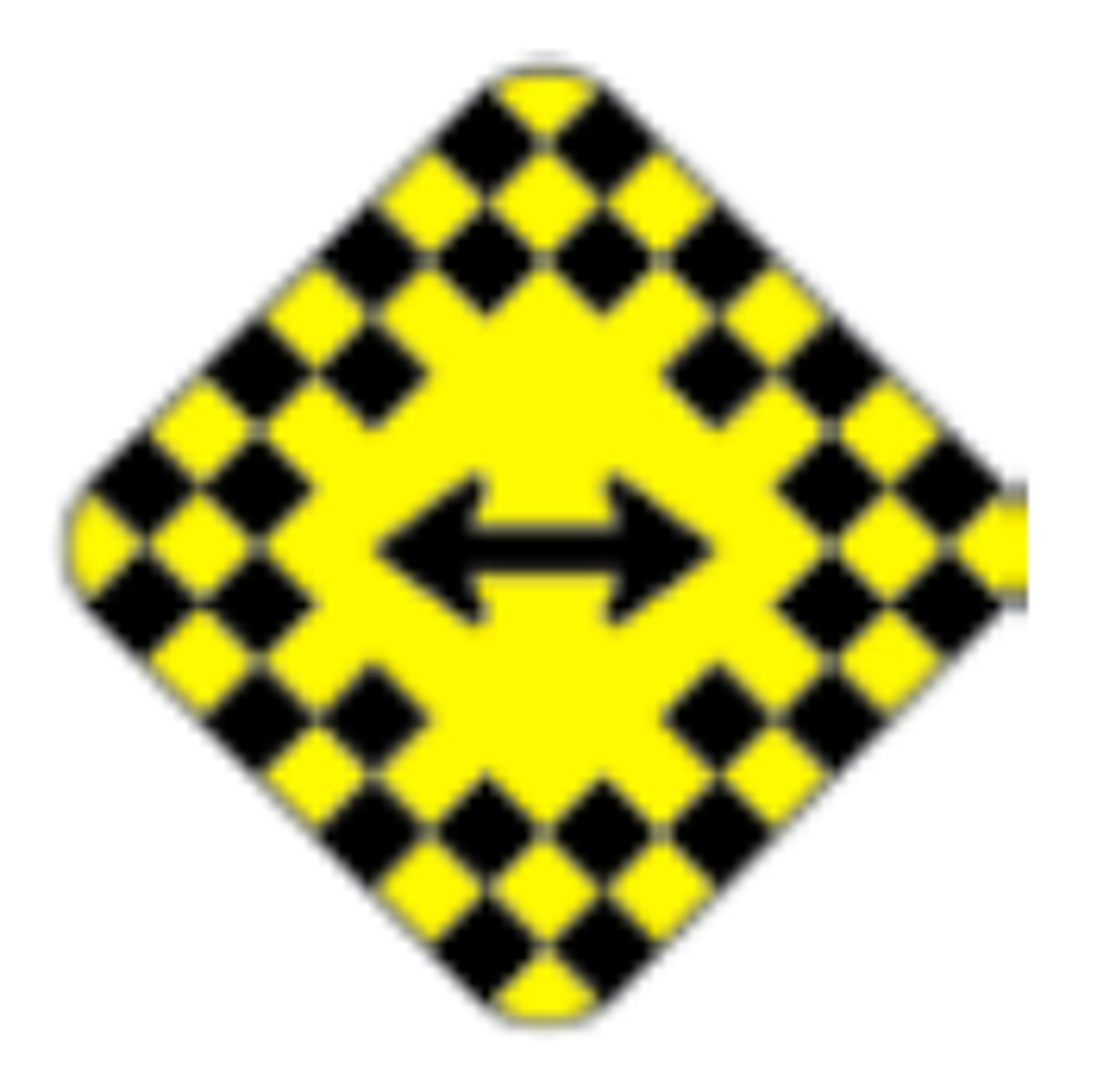
Parking is prohibited
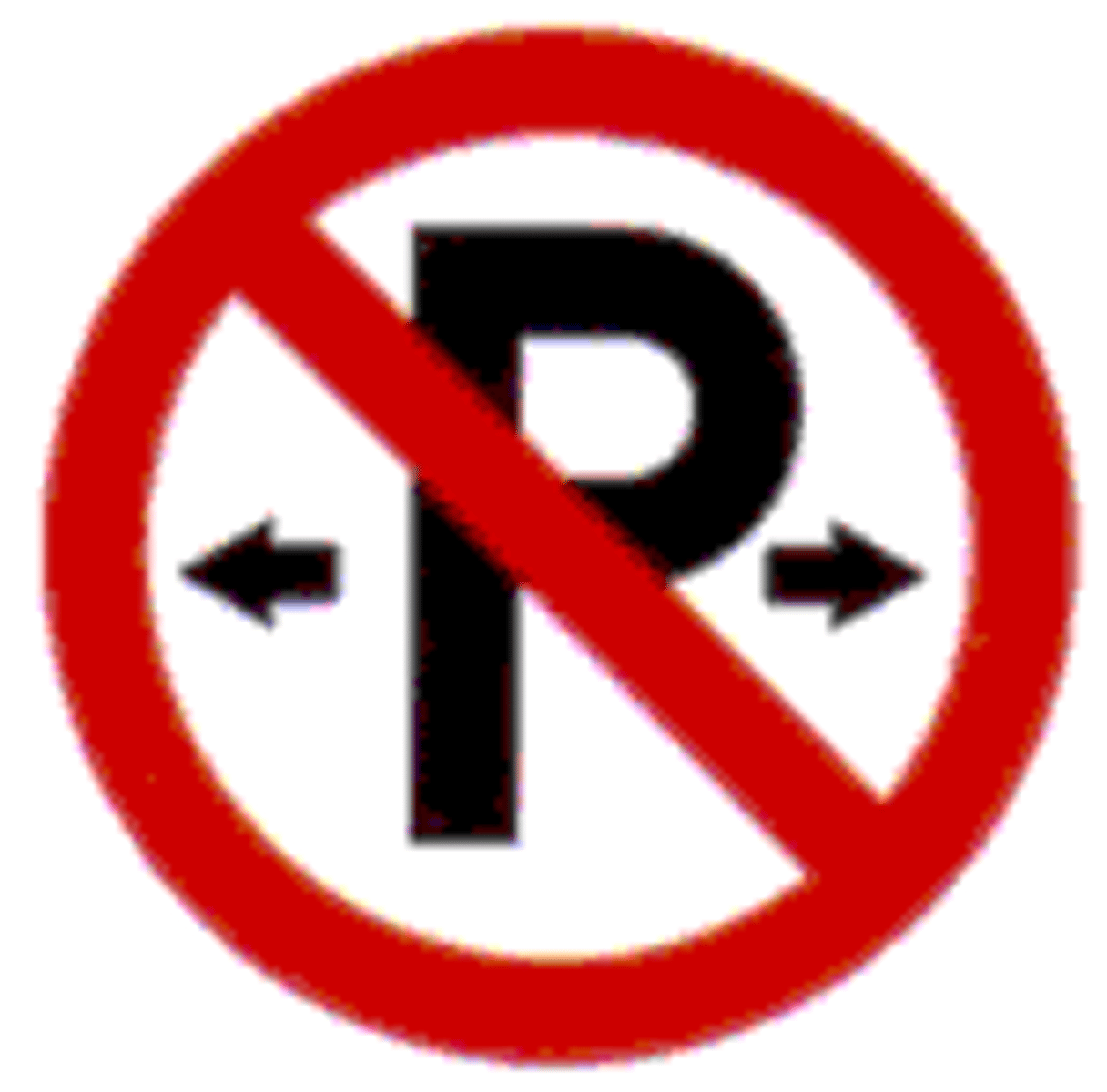
Narrow bridge ahead
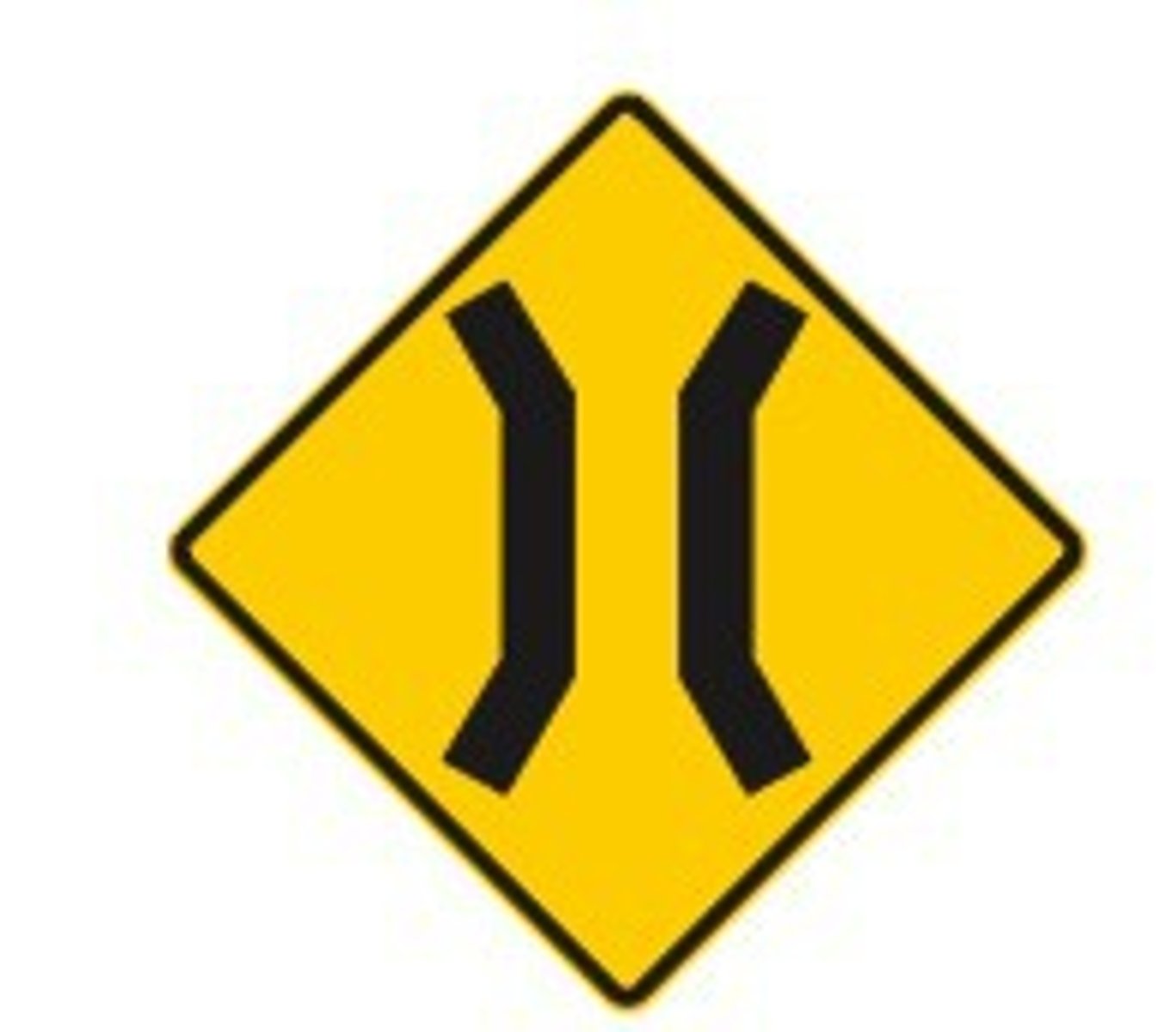
No trucks allowed
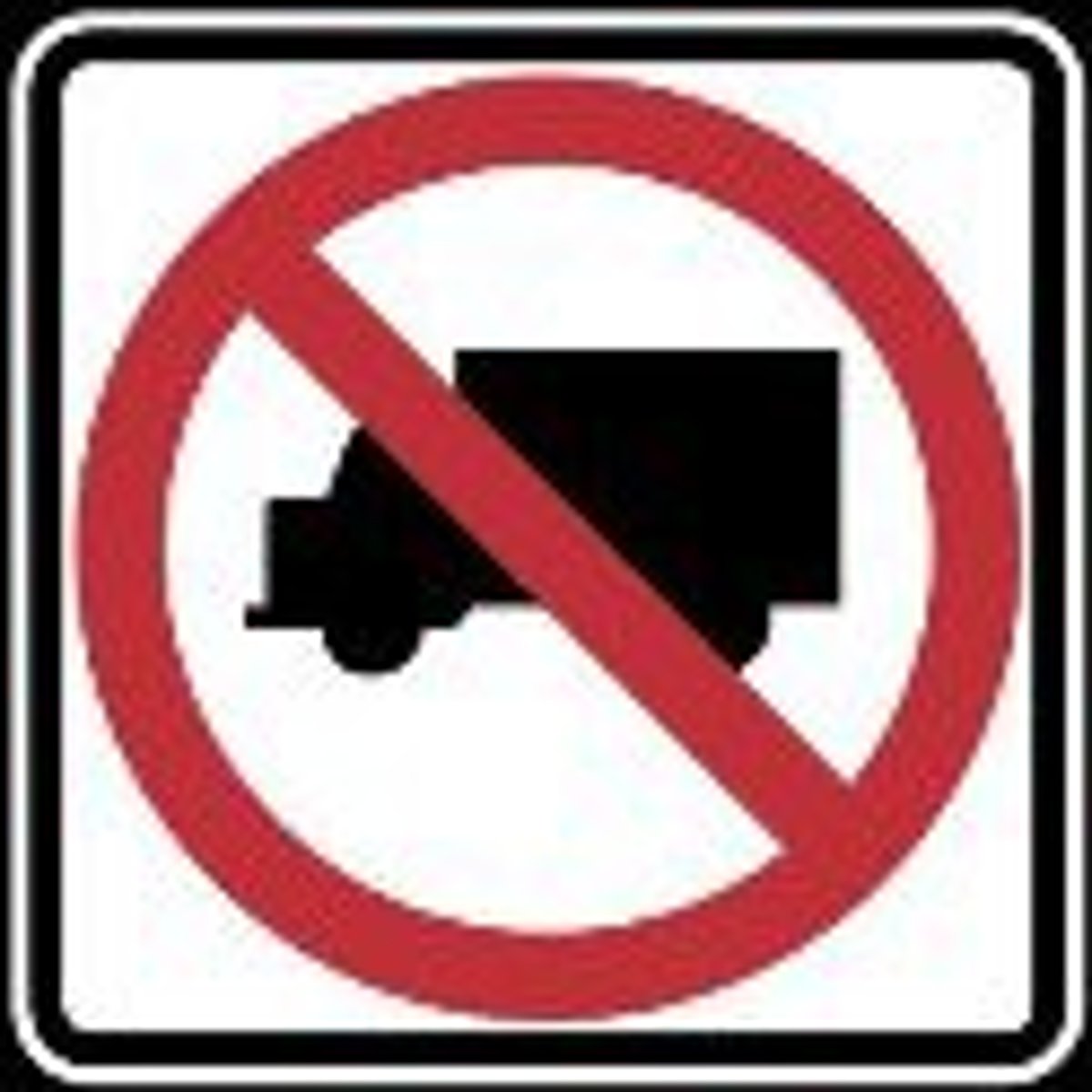
Do not pass
2 cars with cancel symbol